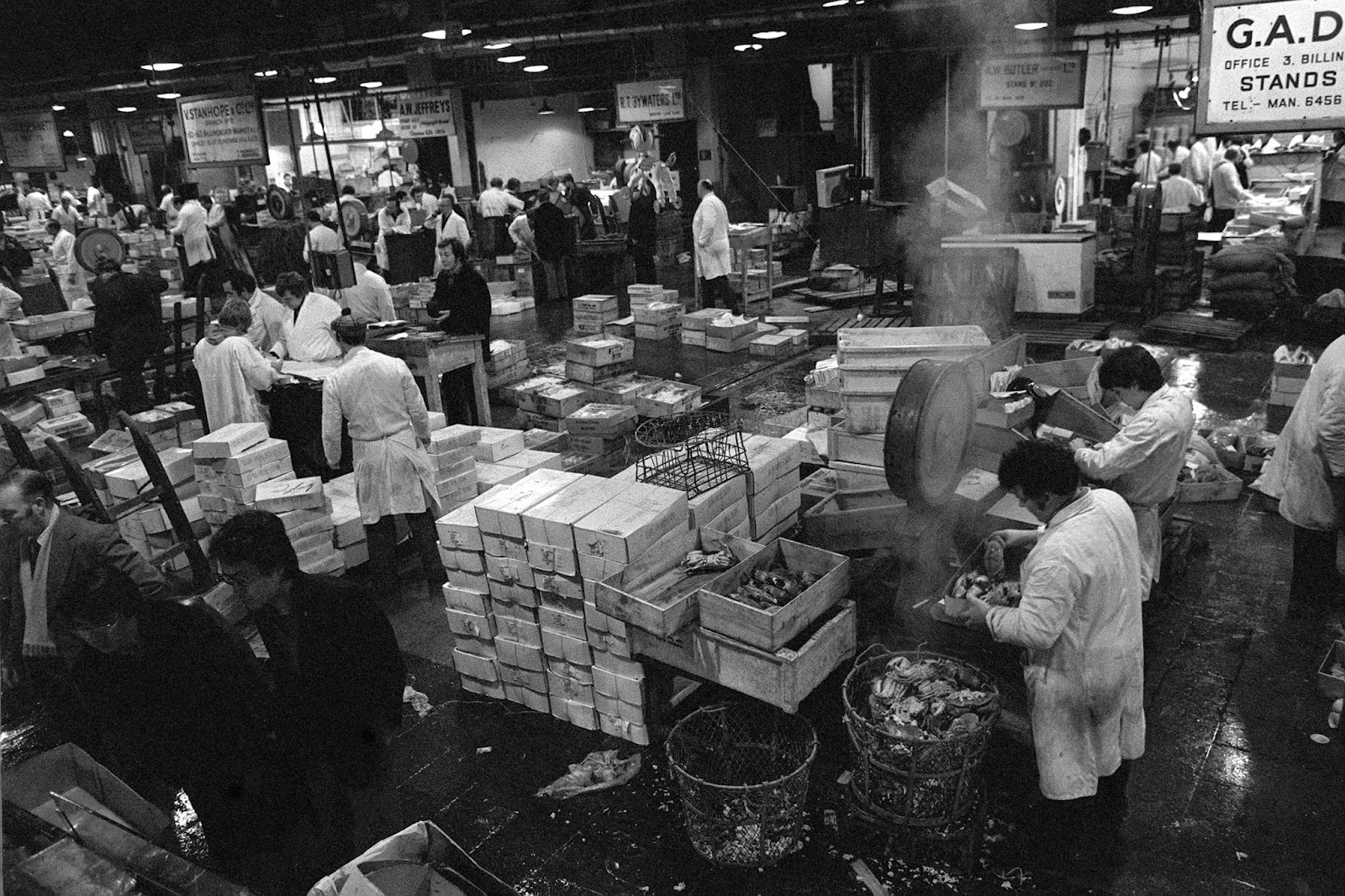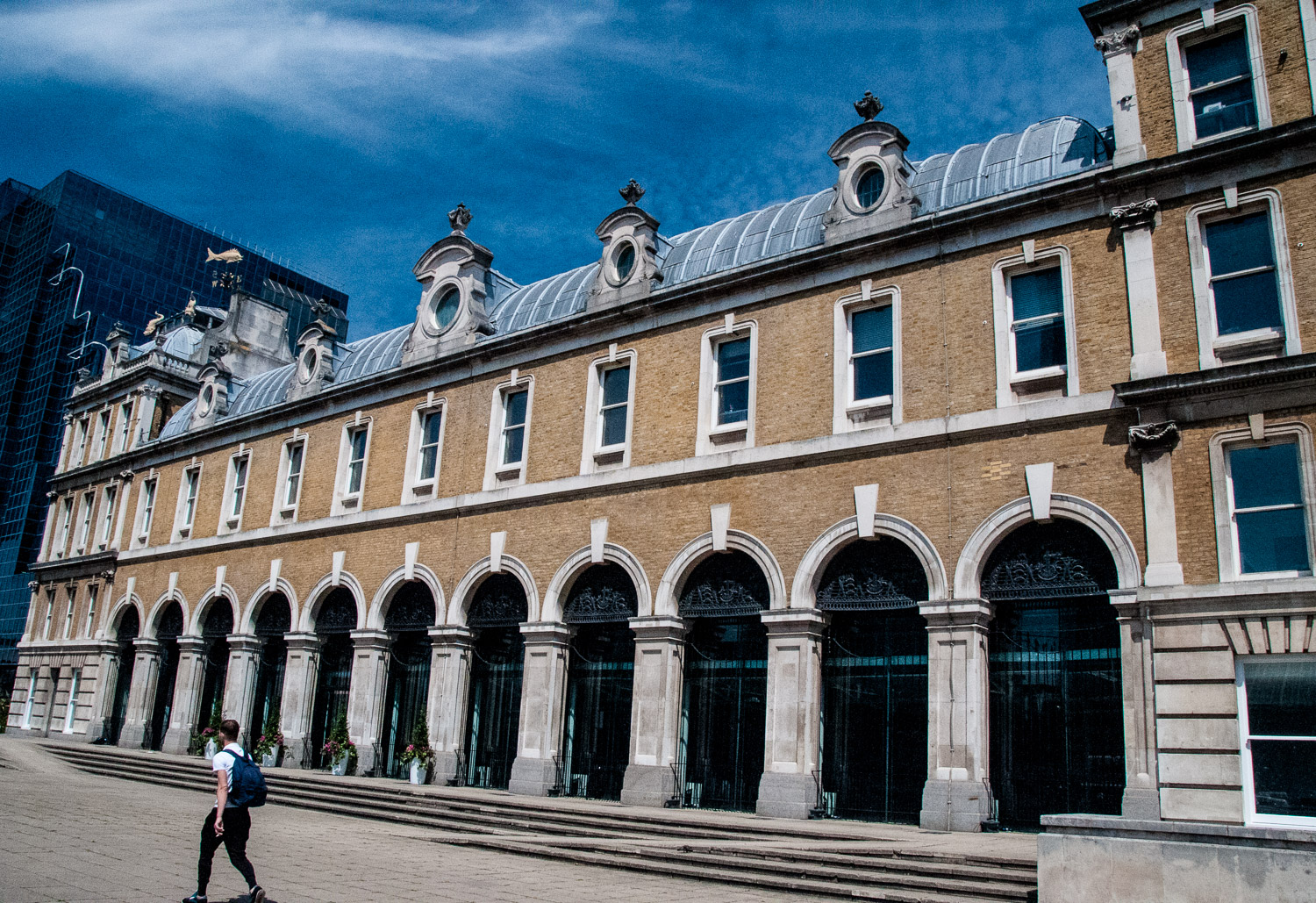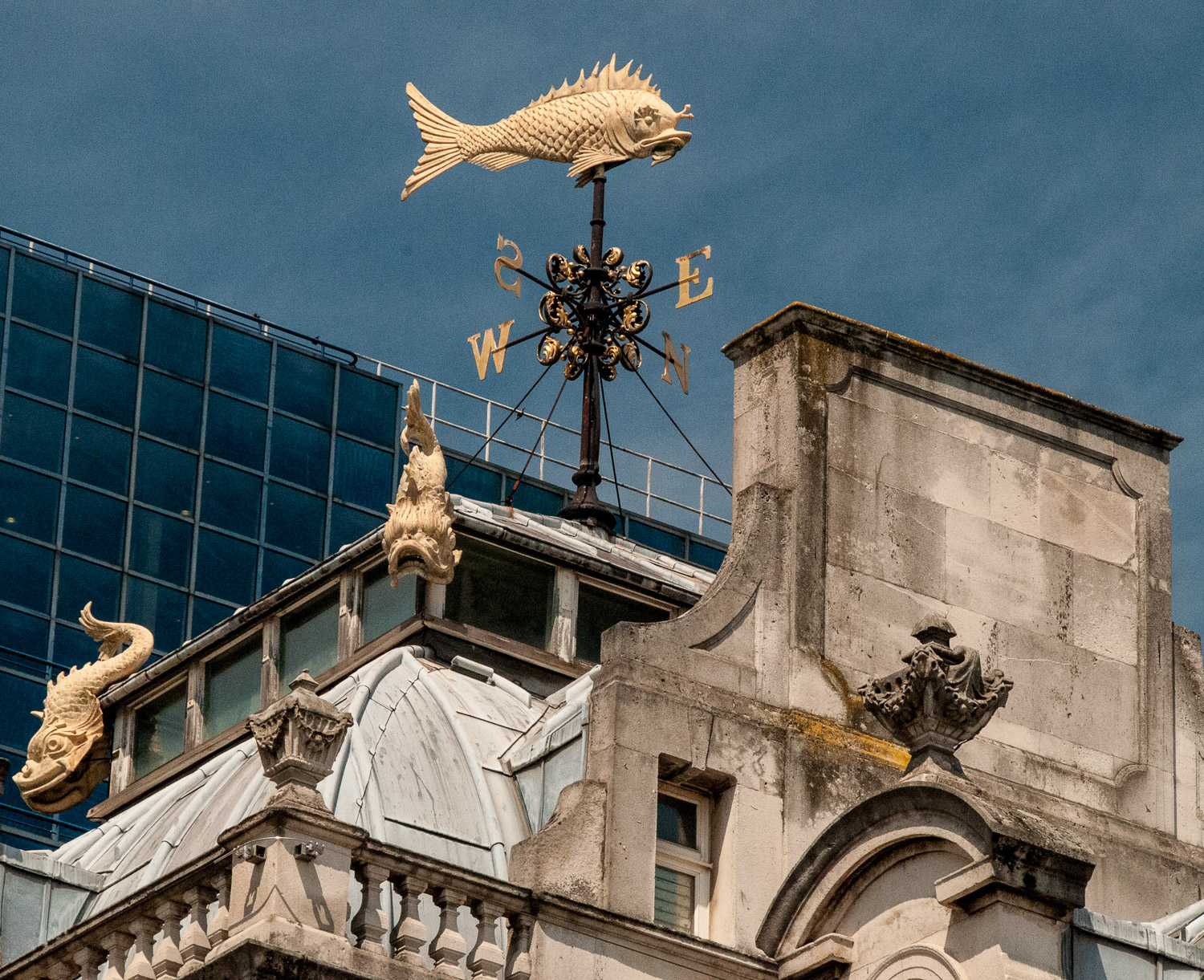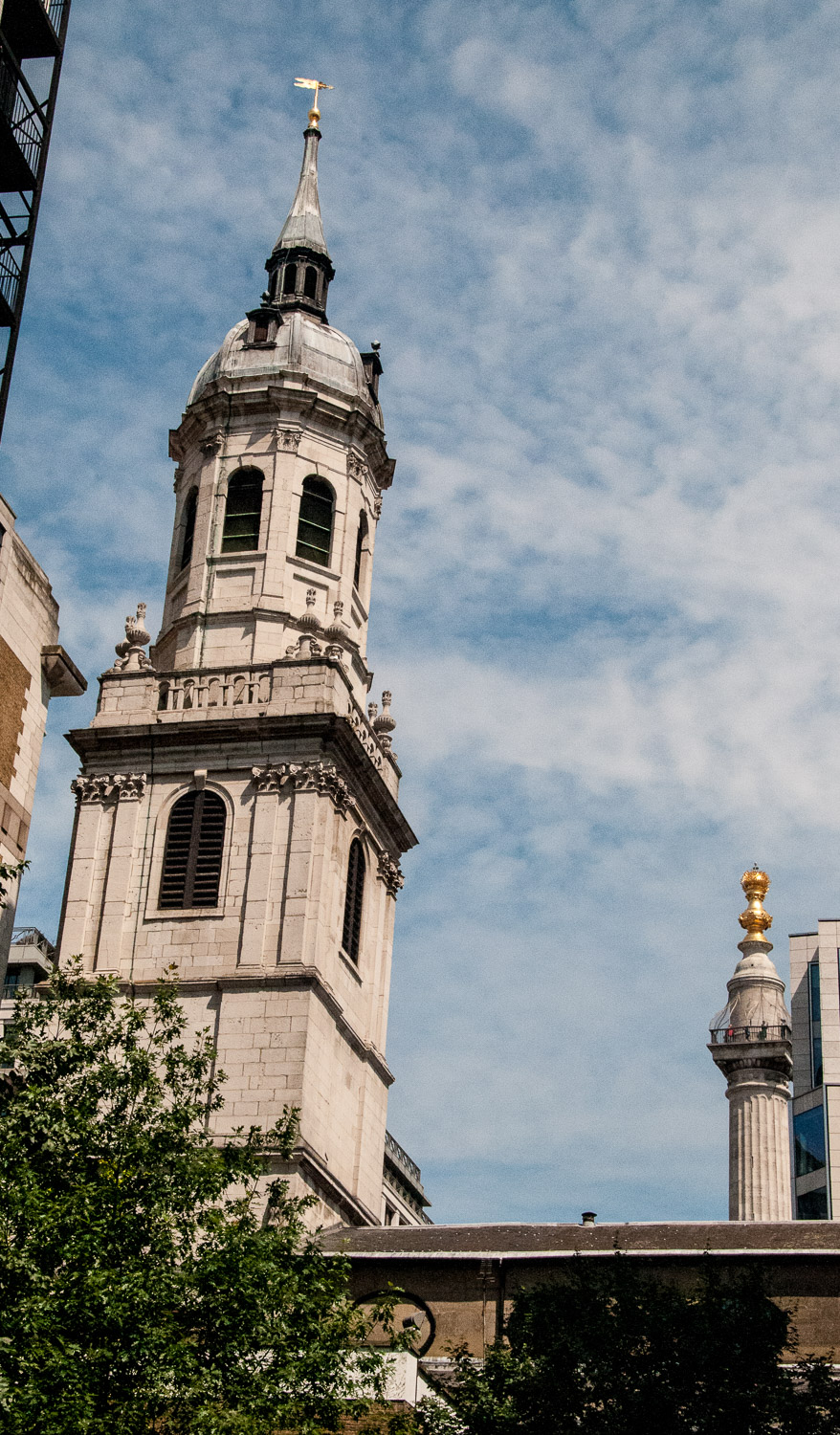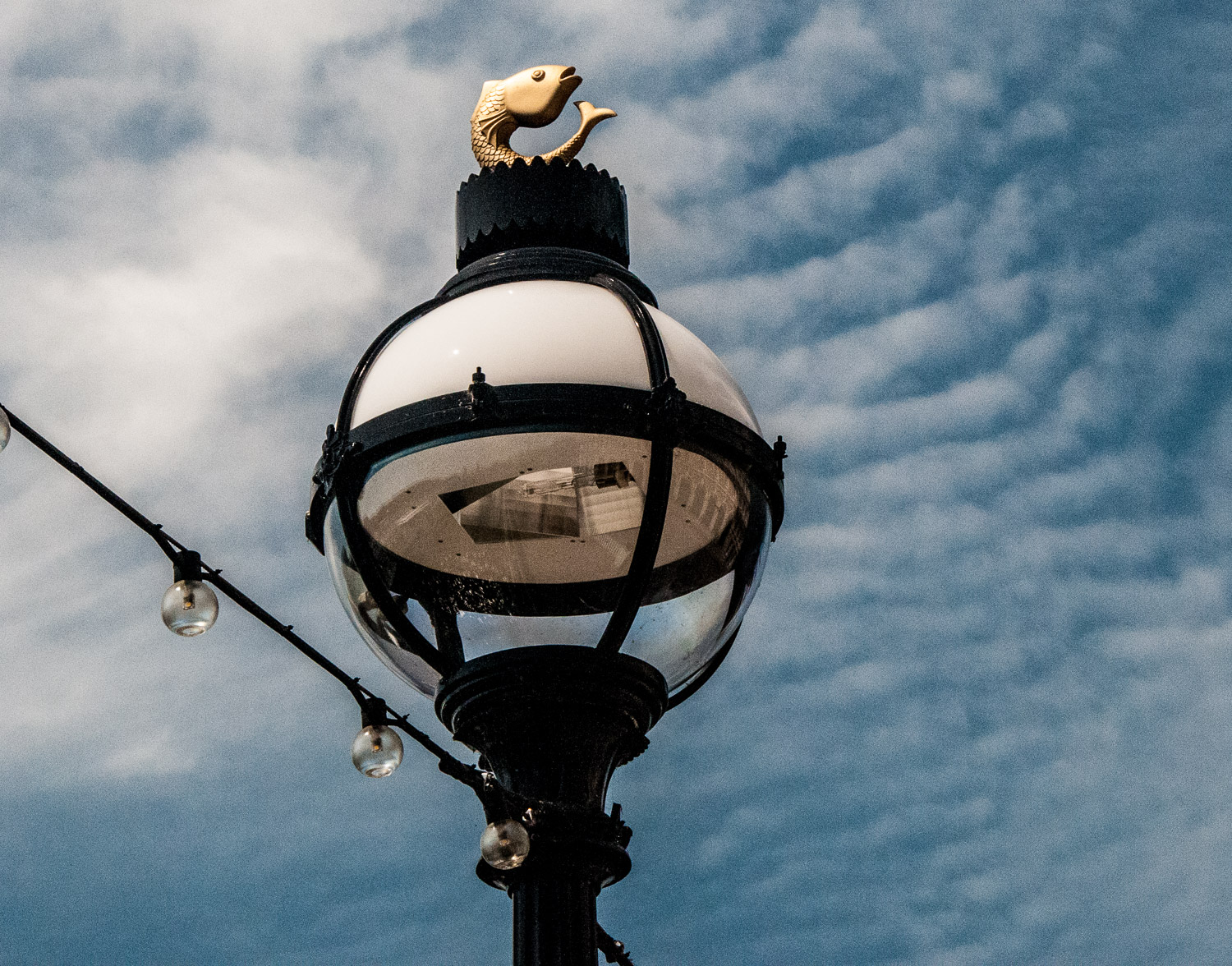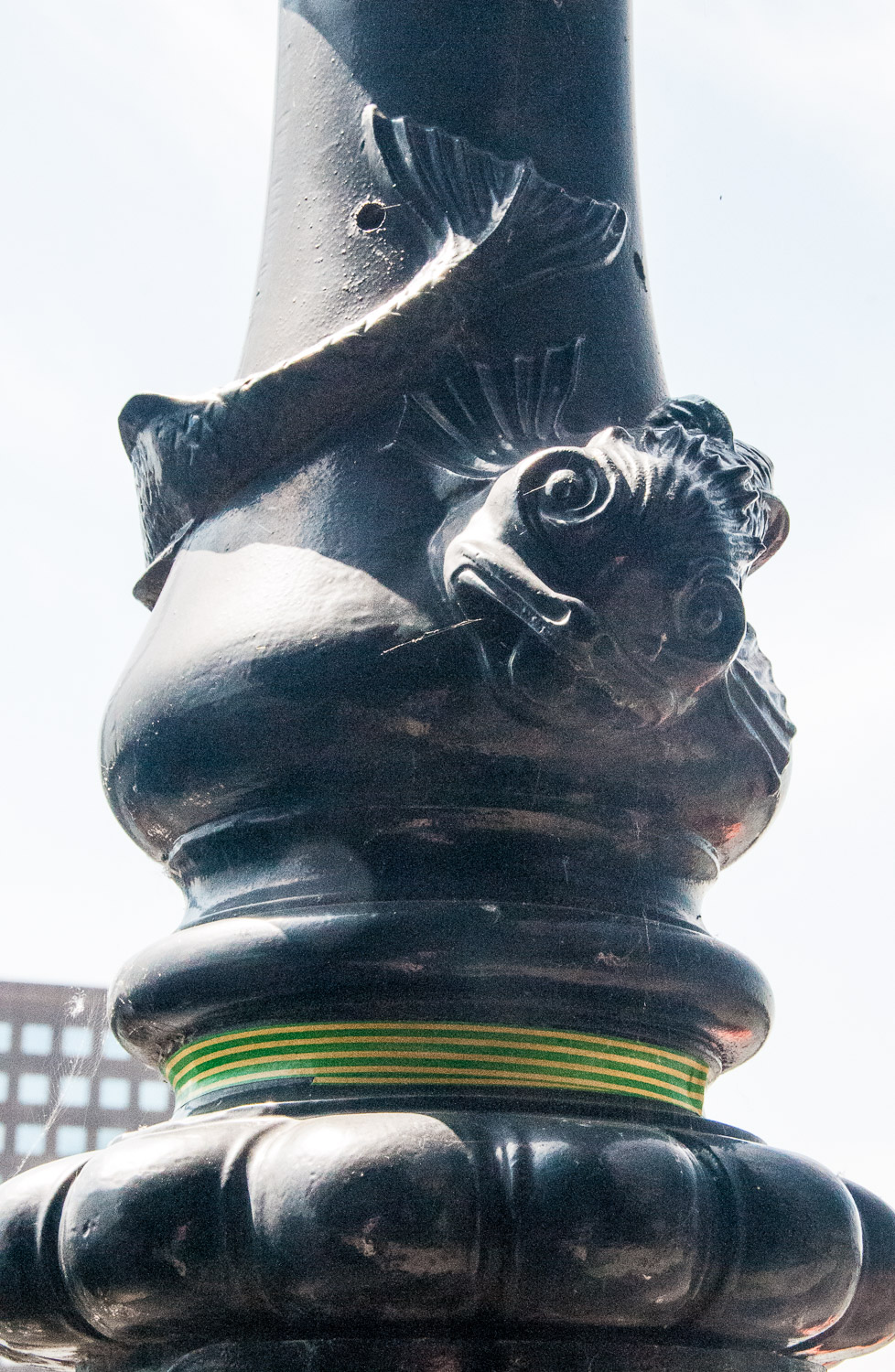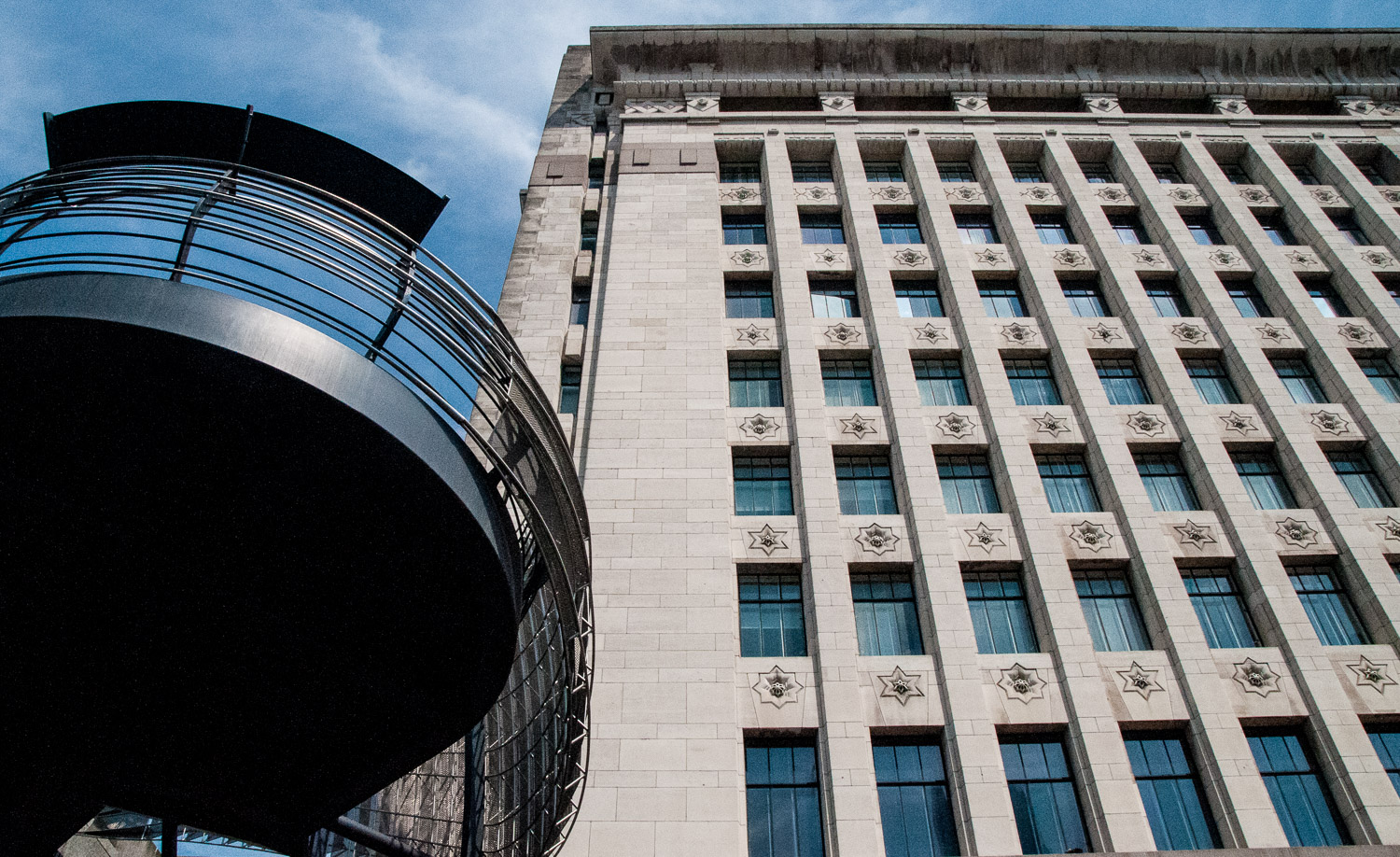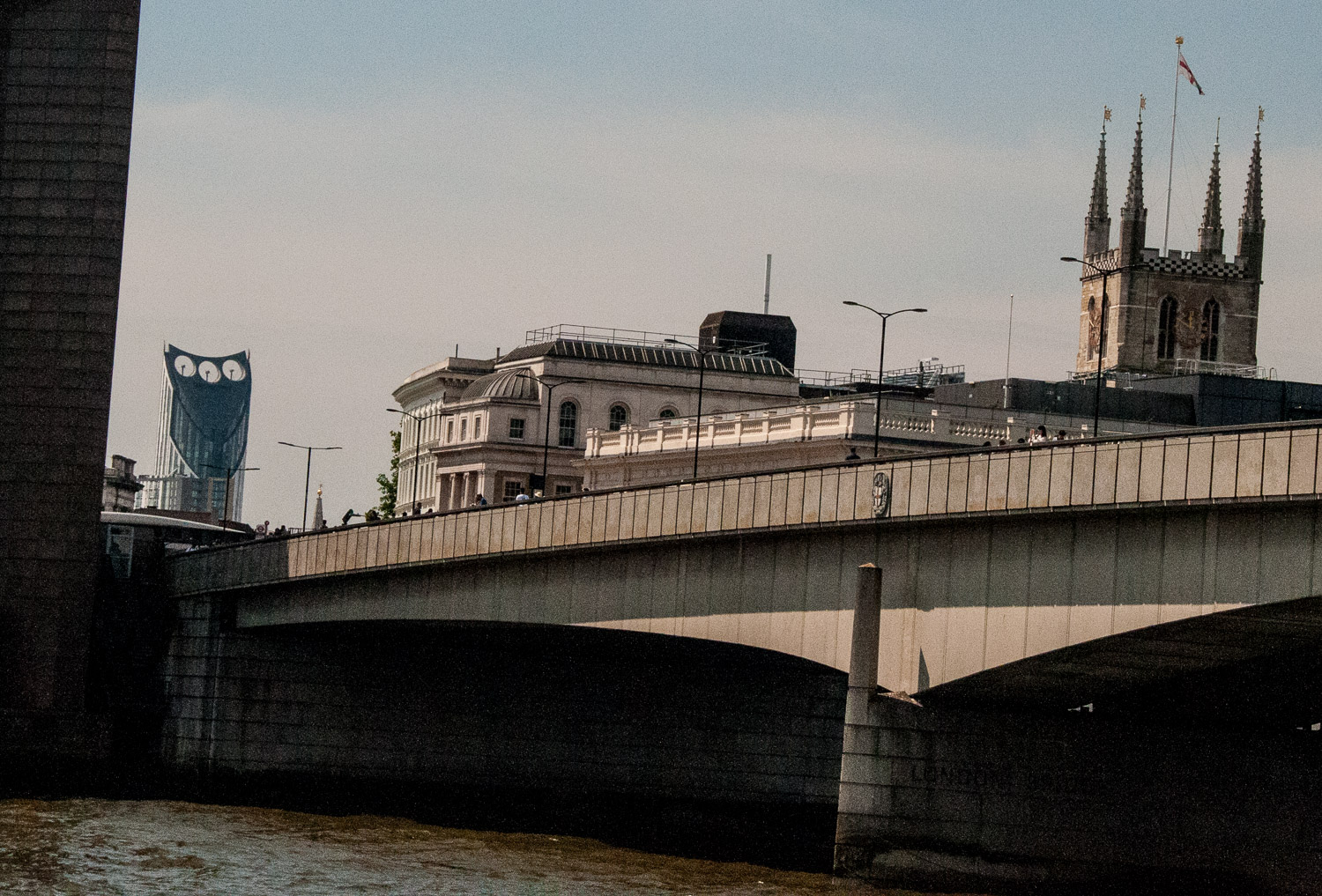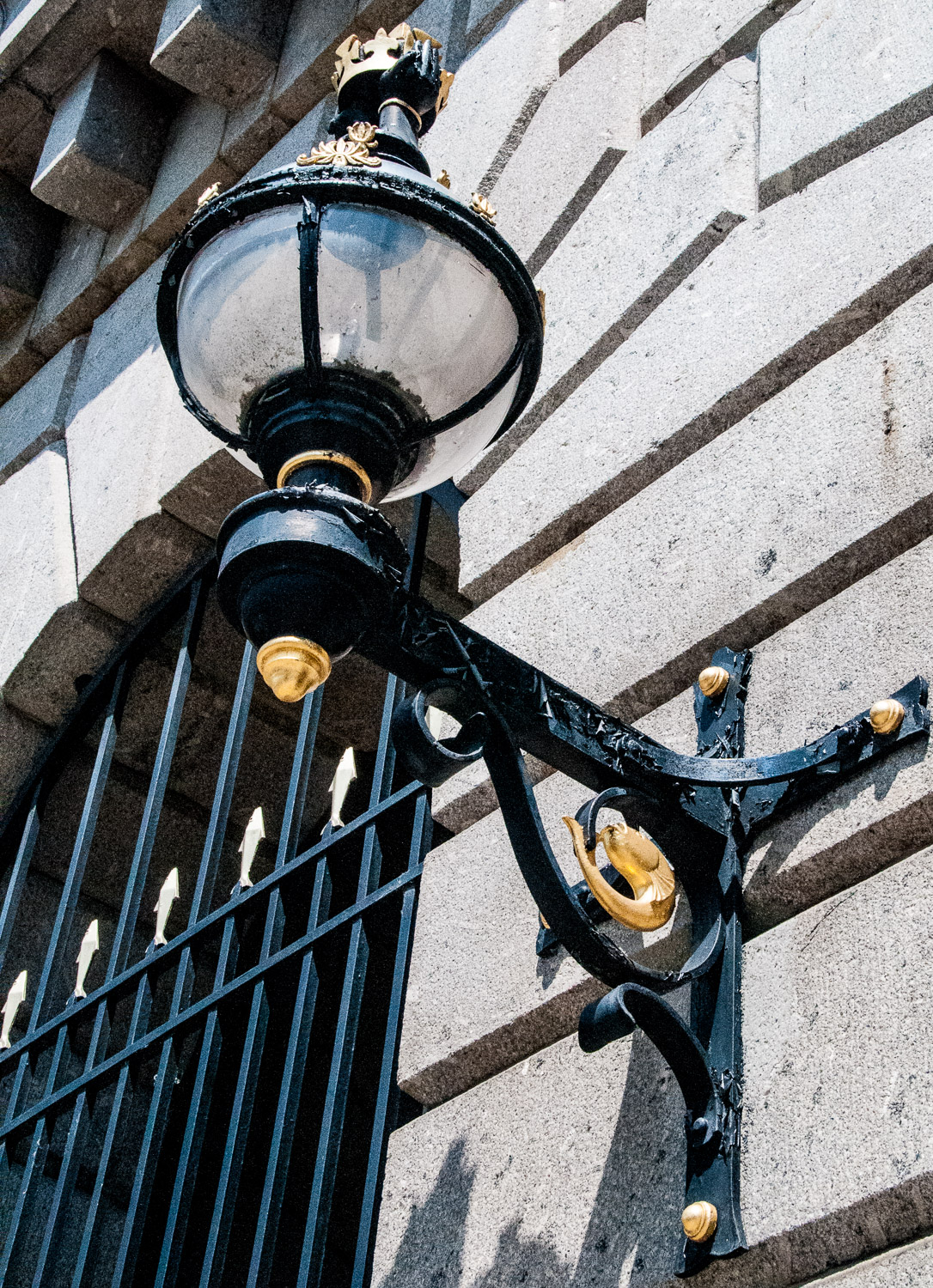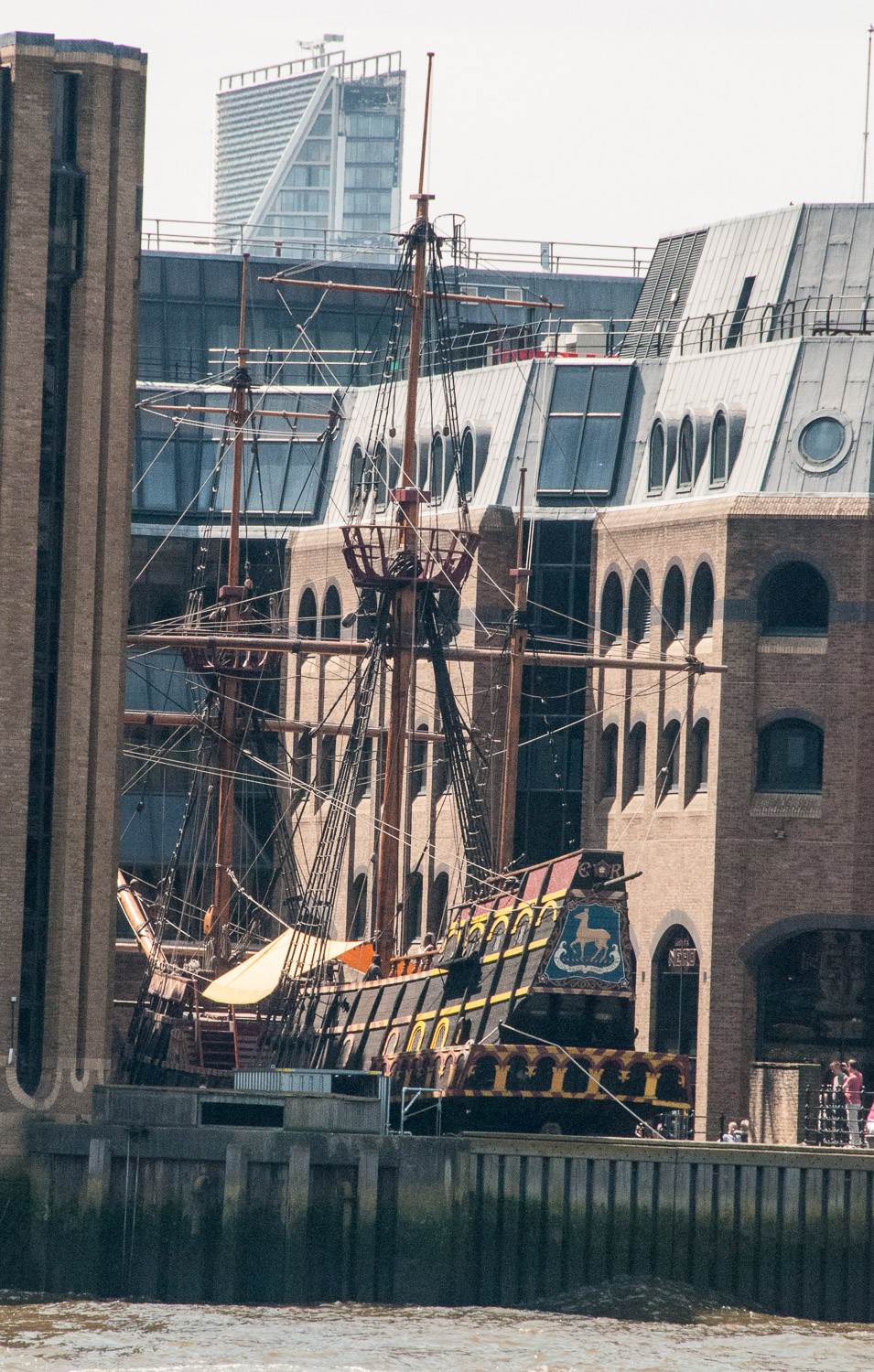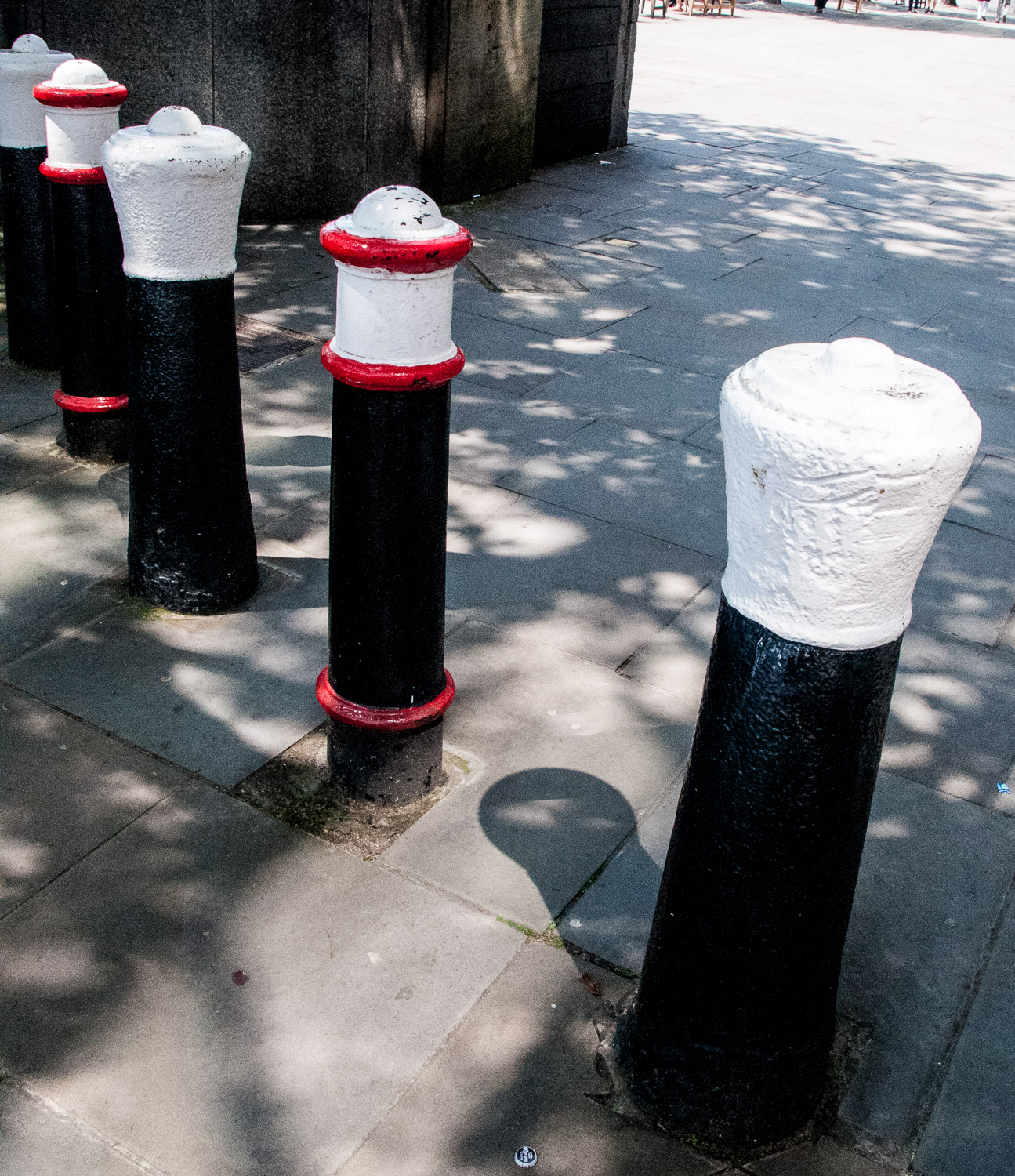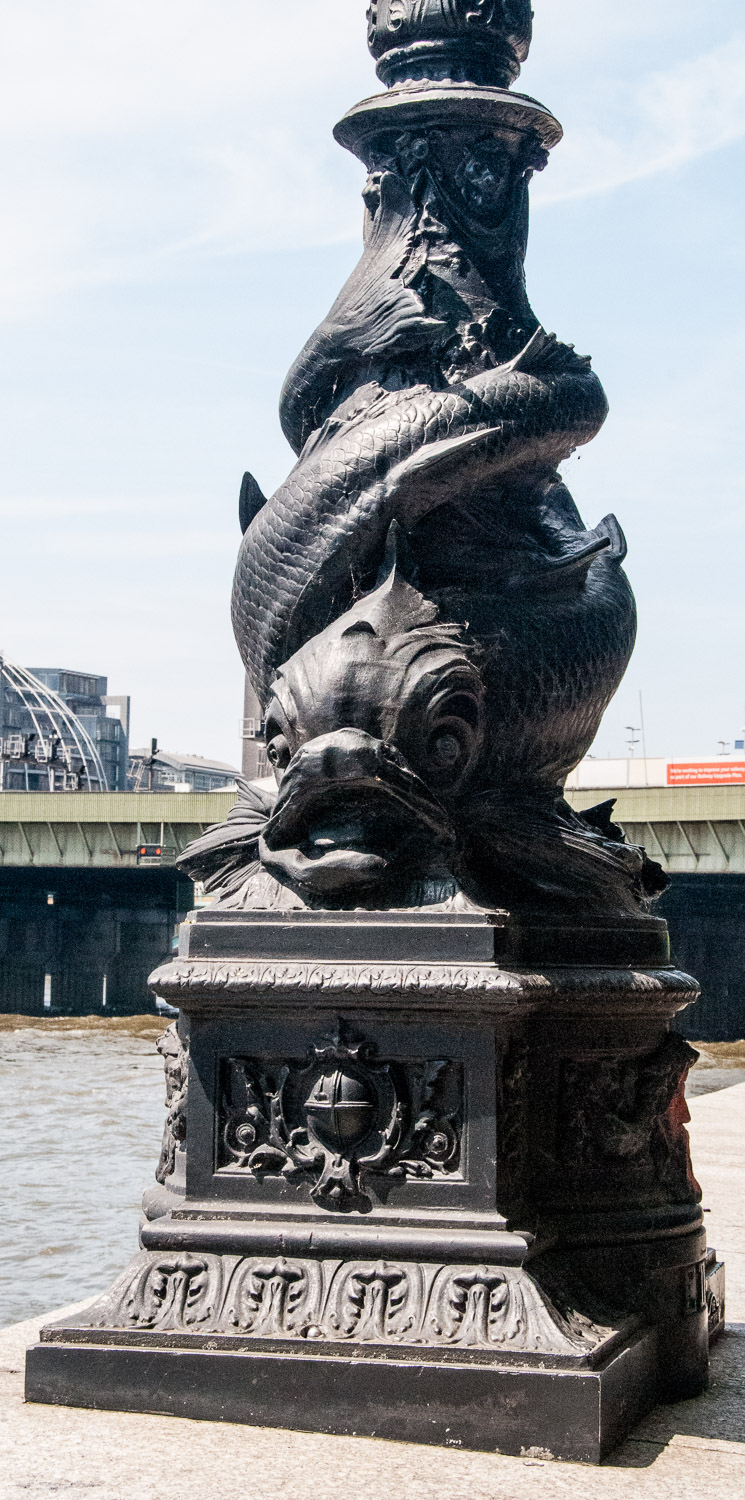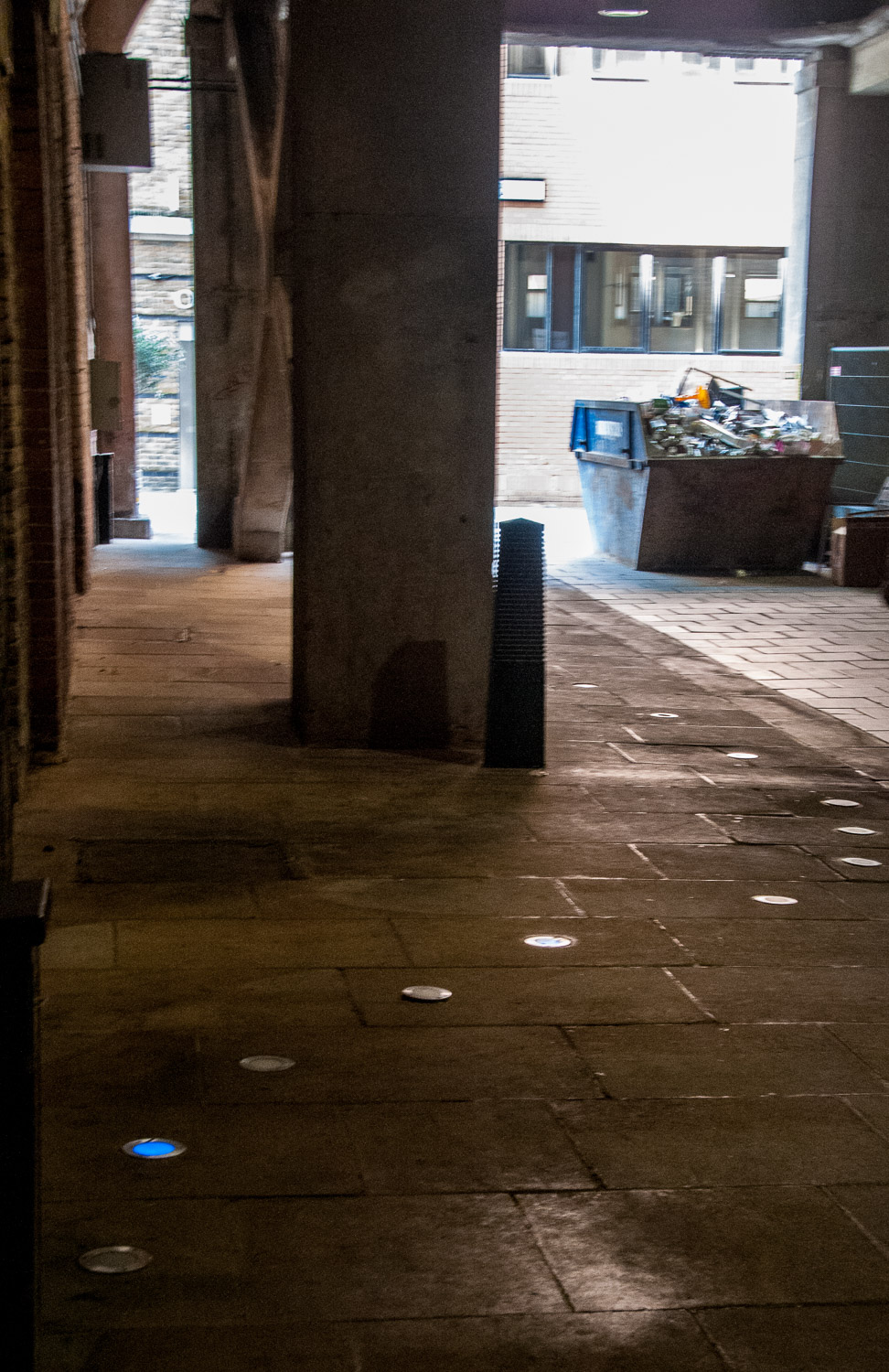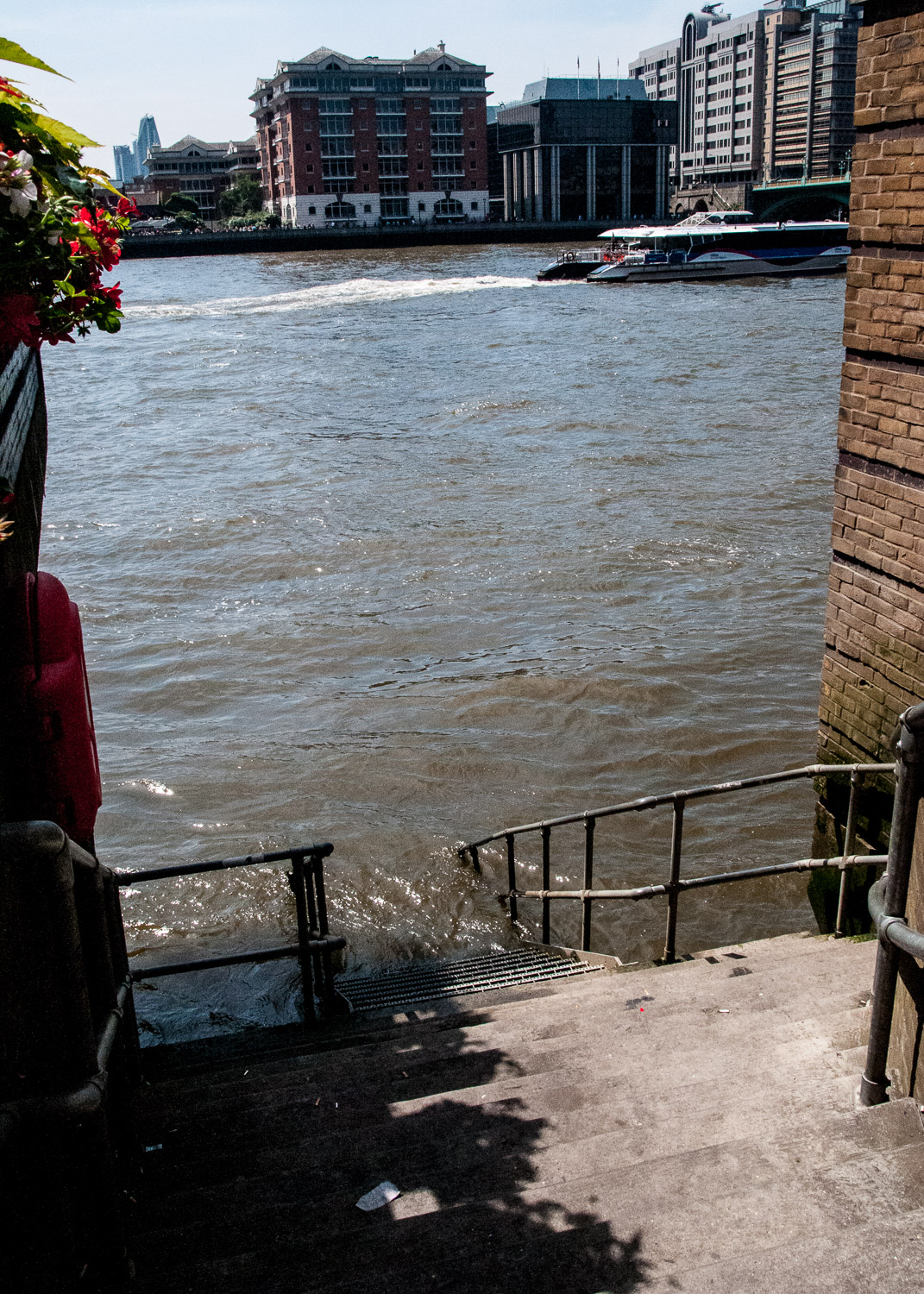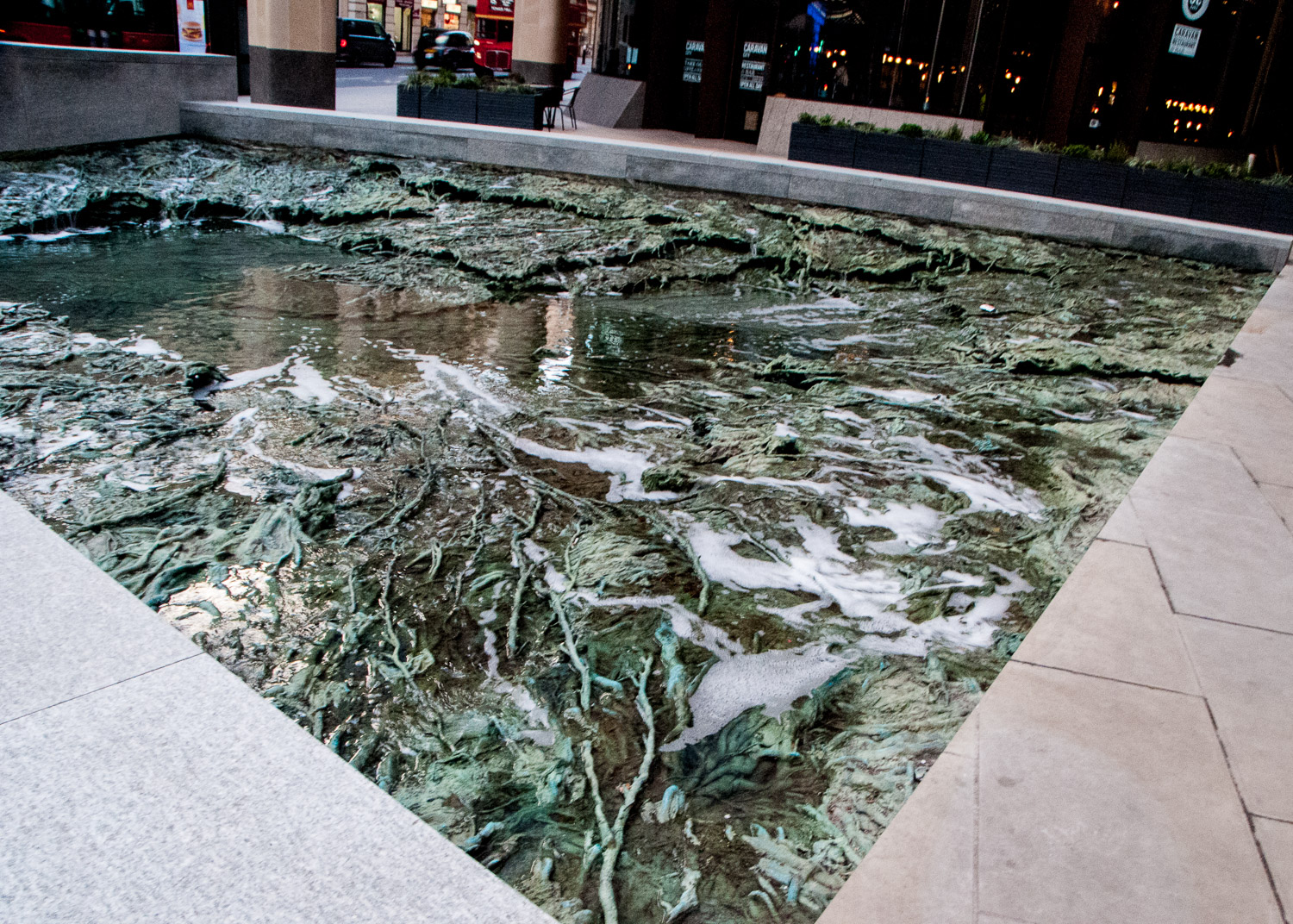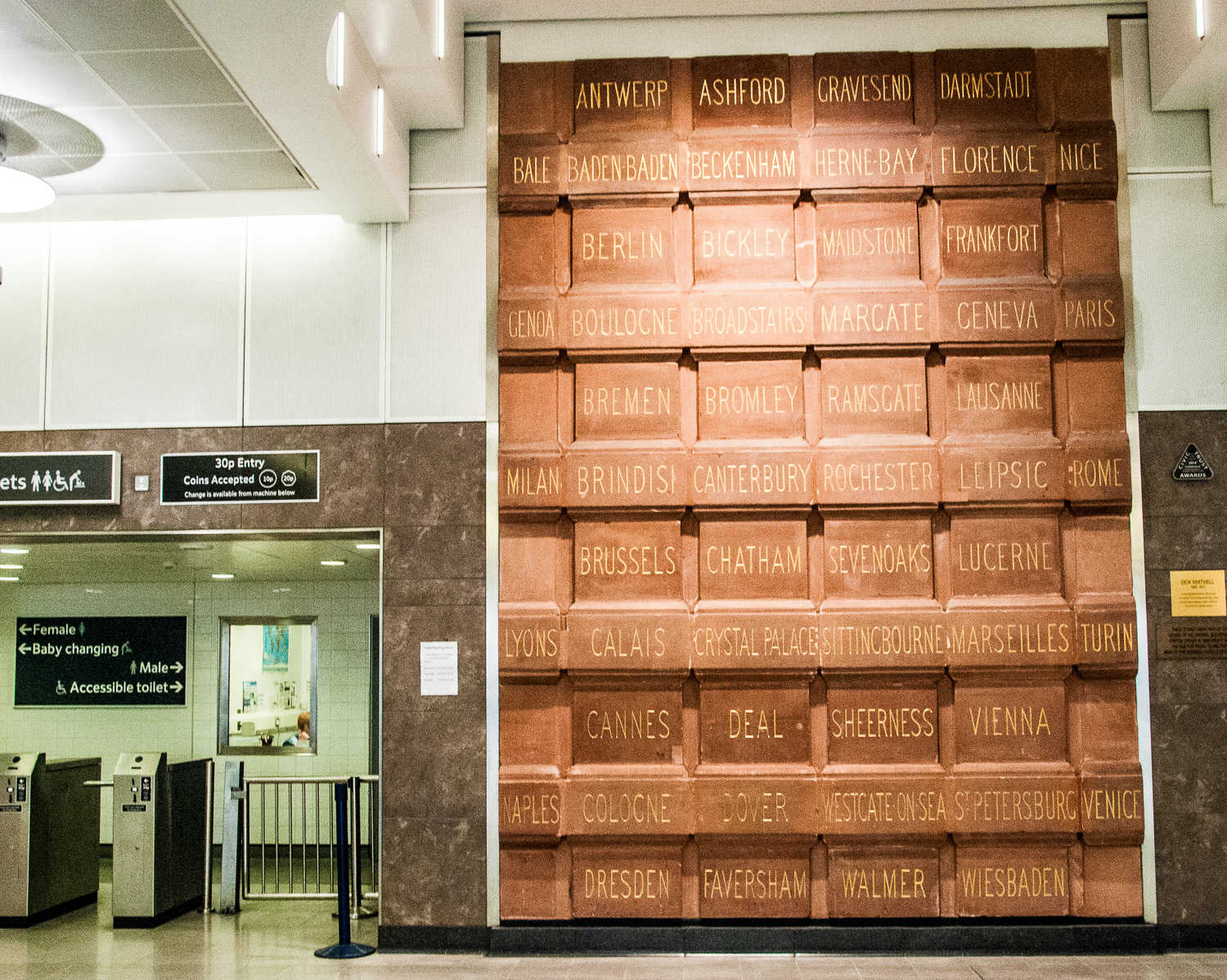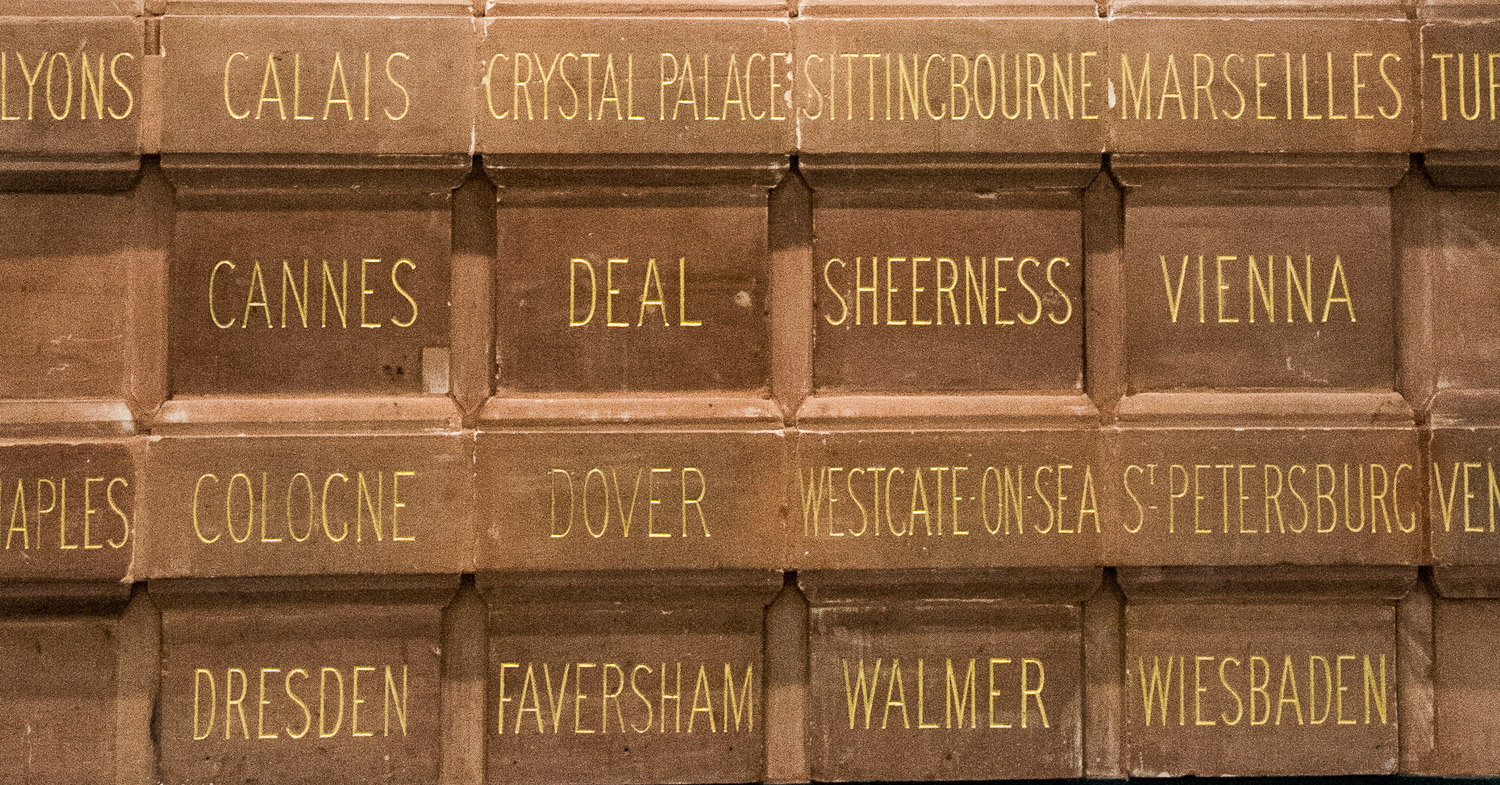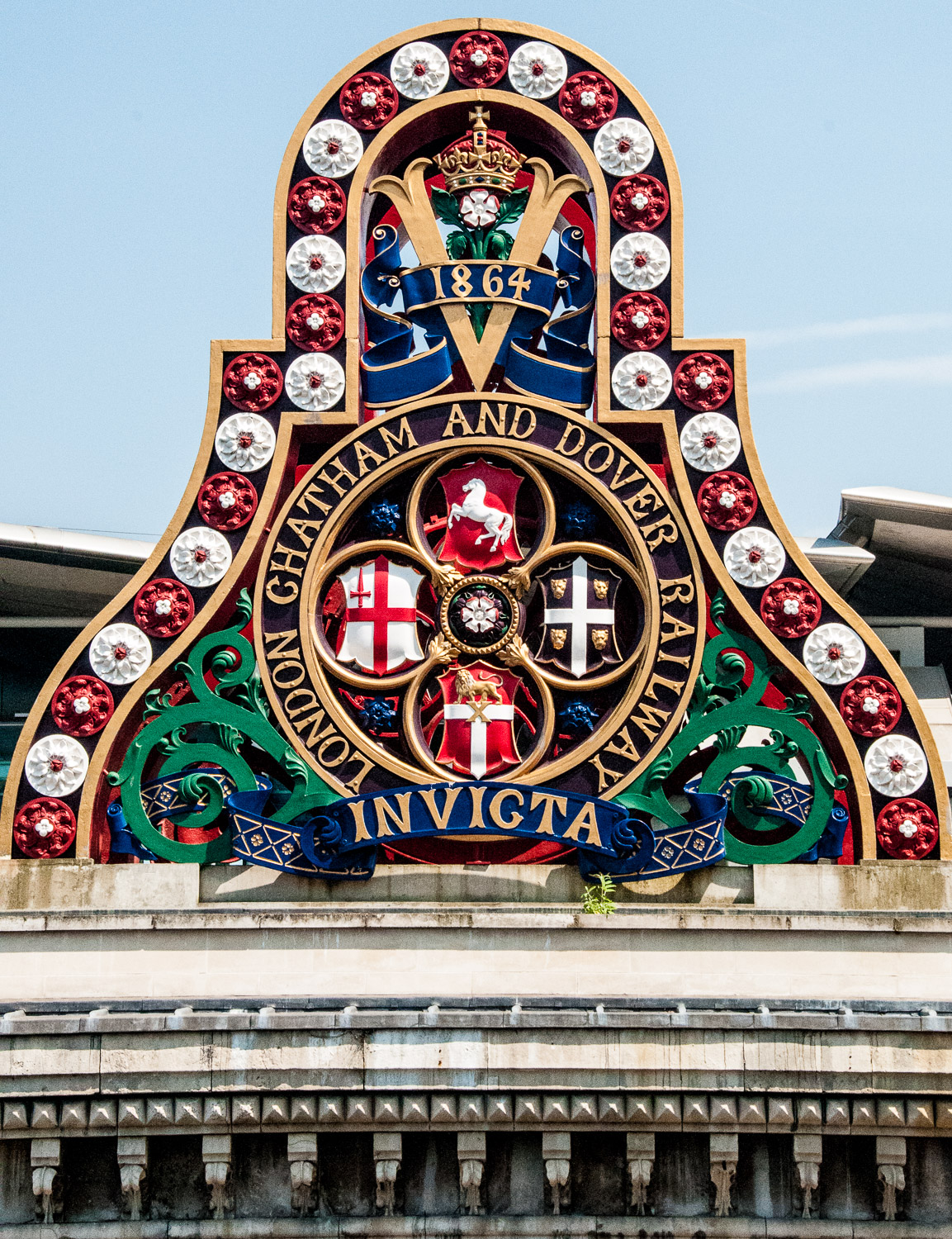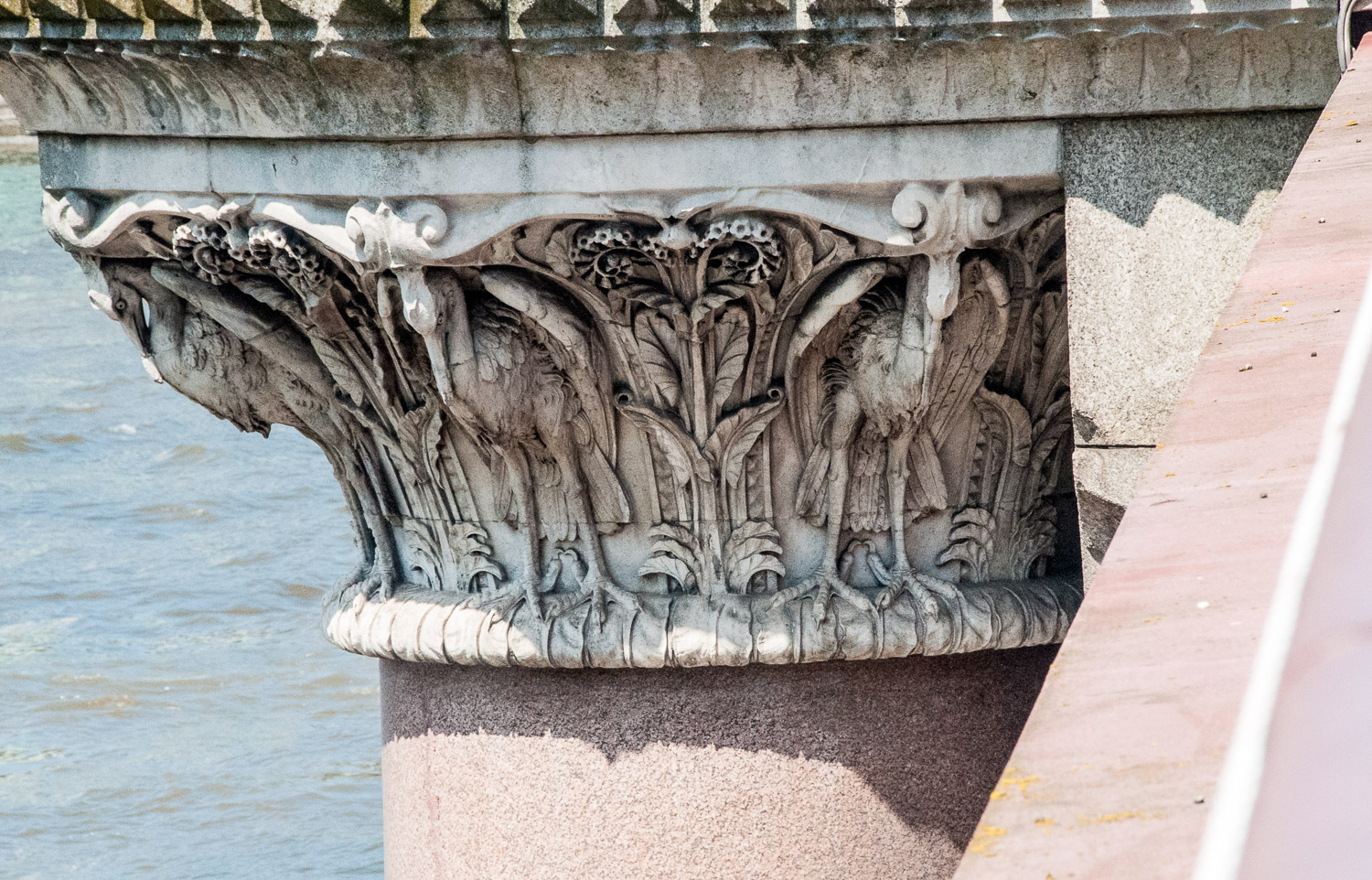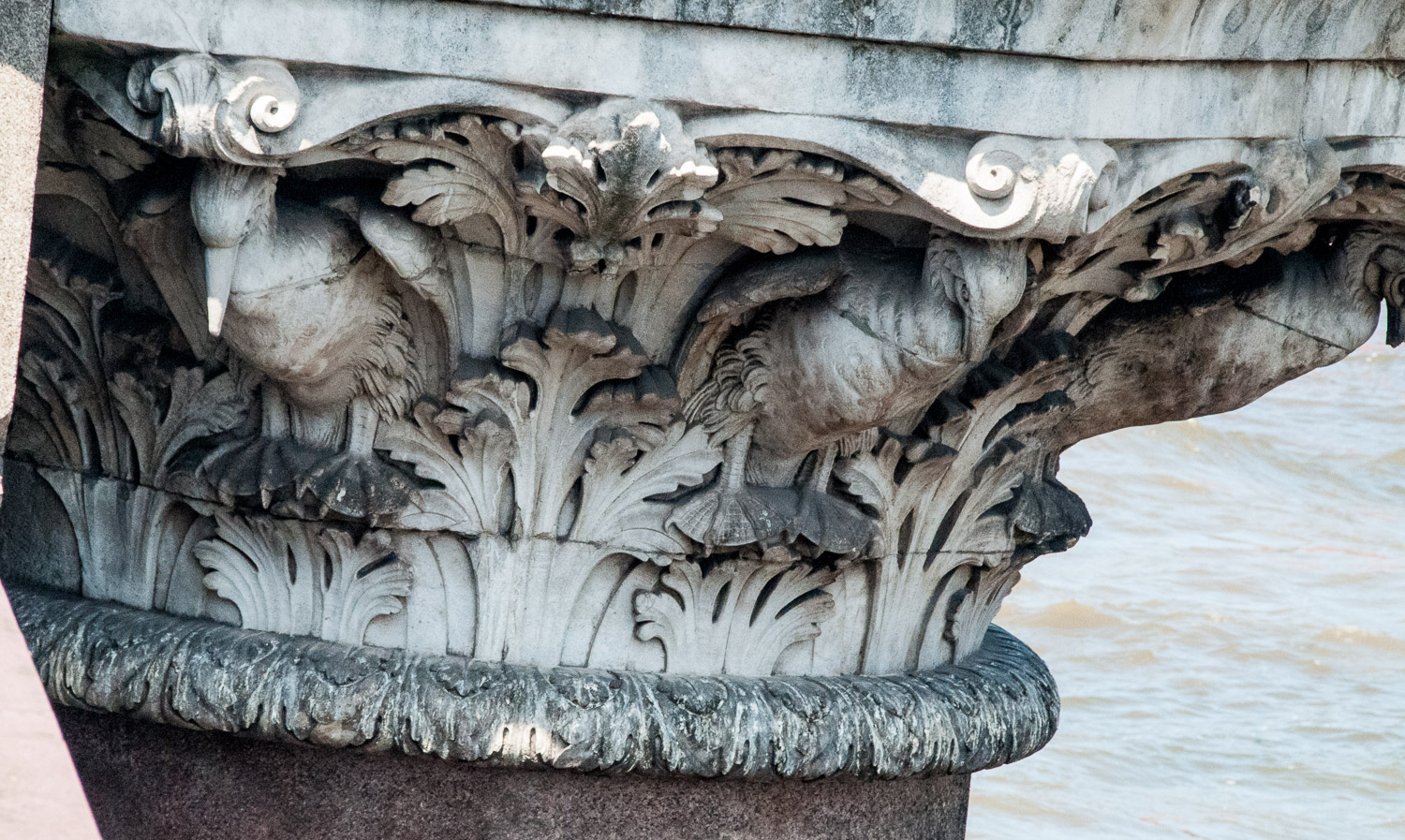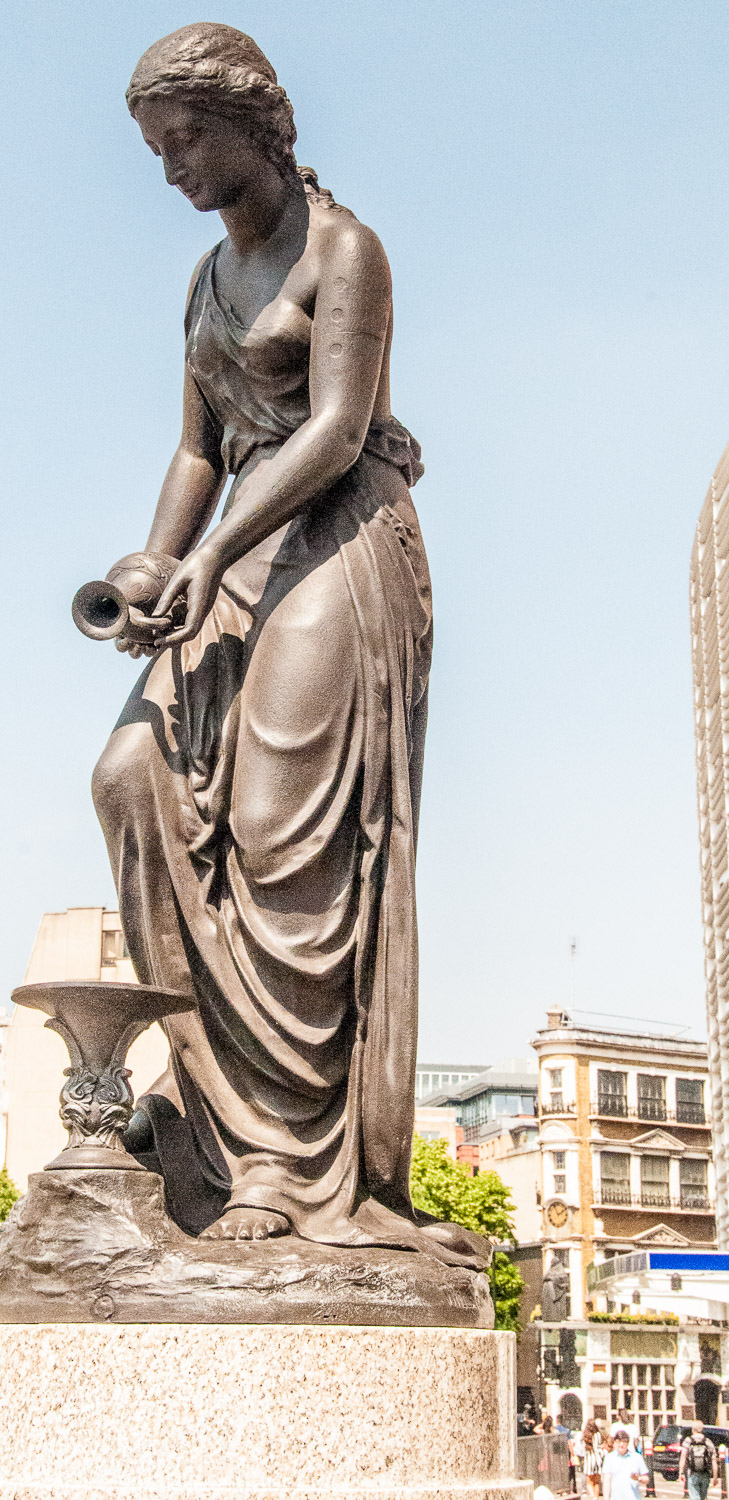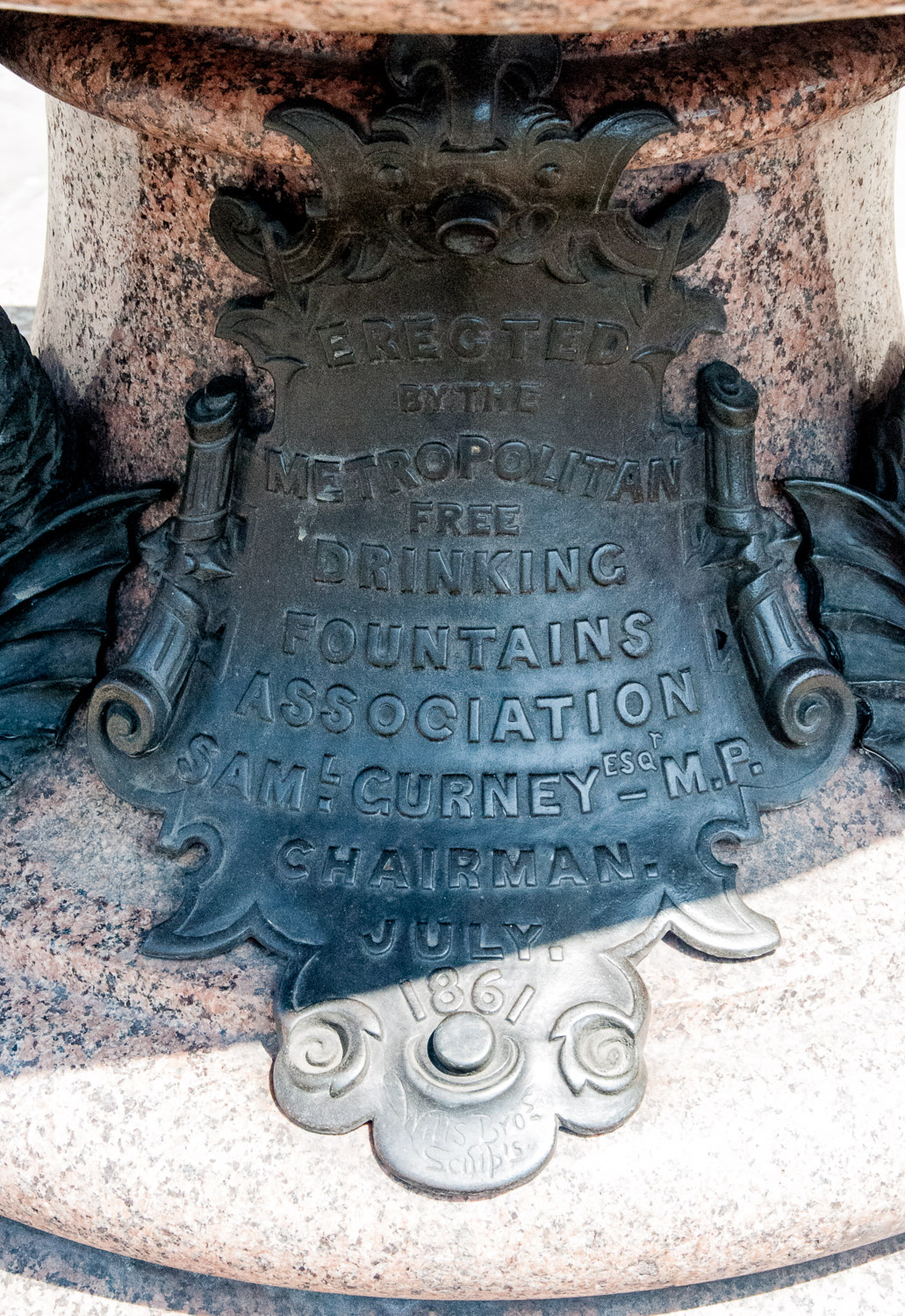Last year London was voted ‘the world’s leading financial maritime city’. The City, the judges said, ‘is home to world leading institutions such as Lloyd’s for insurance, and English law is the most widely applied in shipping disputes.’ The maritime connection does, of course, go back centuries and I have found some of the ways it has been represented for this week’s blog.
What better place to start than the Lloyd’s Register building at 71 Fenchurch Street EC3M 4BS.
It became apparent as the 17th century progressed that a central register of ships was needed to record their size, condition and other qualities. As Lloyd’s of London flourished this information would be valuable not only for underwriters but also merchants. Original regularly published ‘ship lists’ eventually became Lloyd’s Register of Ships in 1760 and, when a ship owners list merged with it, Lloyd’s Register of Shipping was formed in 1834 (and still exists today). The building, by acclaimed architect Thomas Colcutt (1840-1924), was completed in December 1901 and has been described as an ‘impressive classical stone palazzo in the 16th Century Italian manner’.
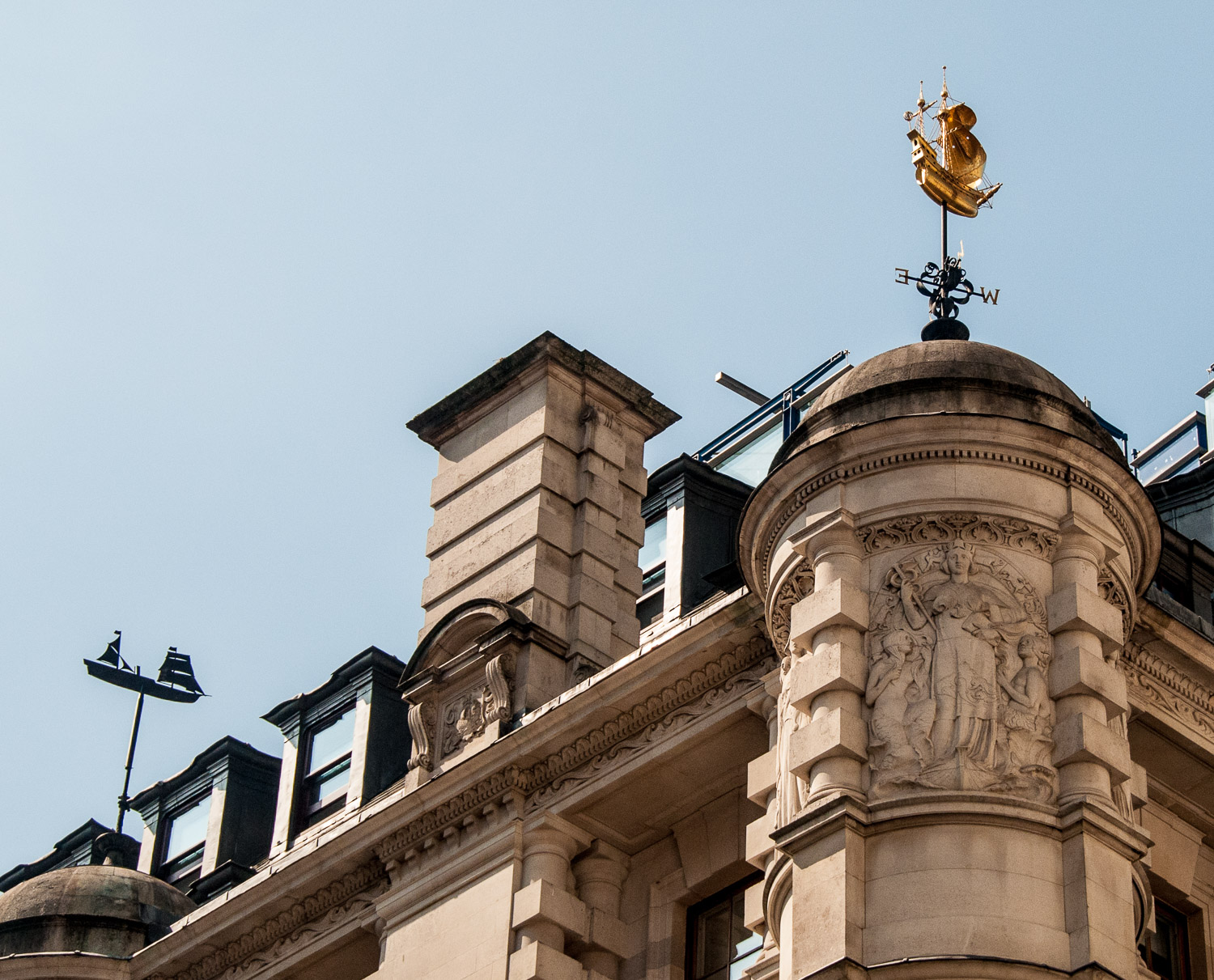
The building boasts not one but two ship weathervanes.
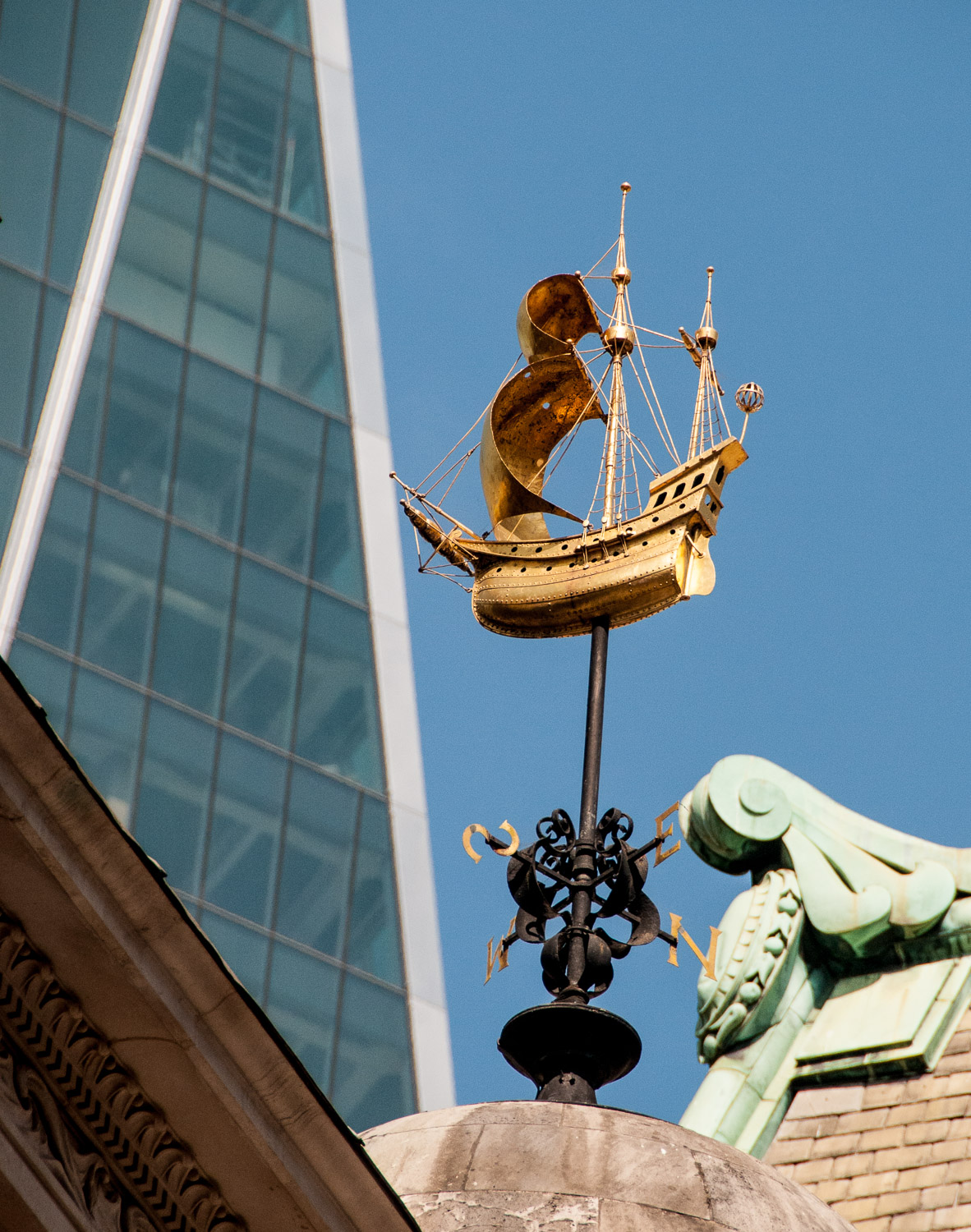
Galleon under sail.
Around the building elegant ladies protectively support various vessels …
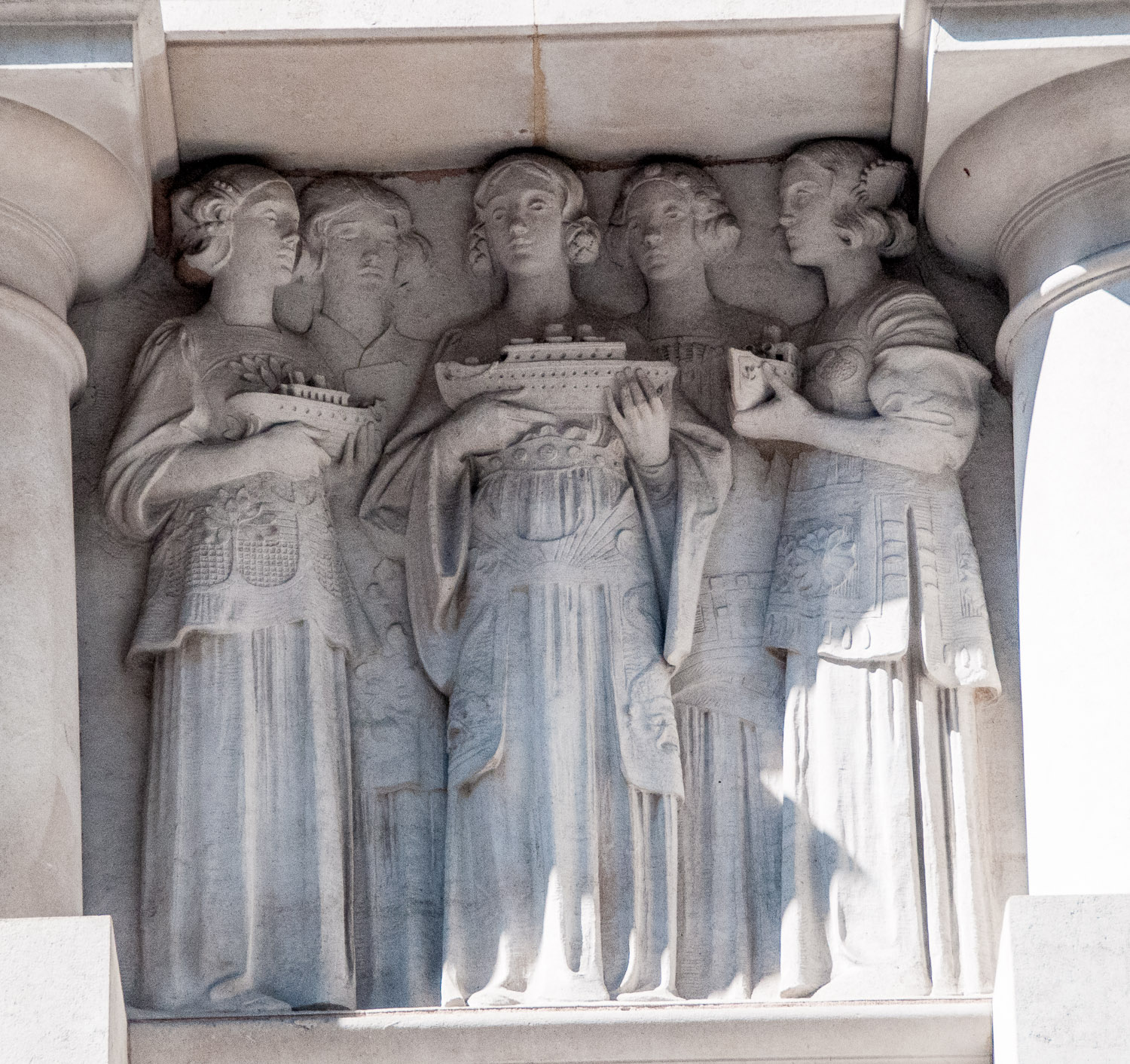
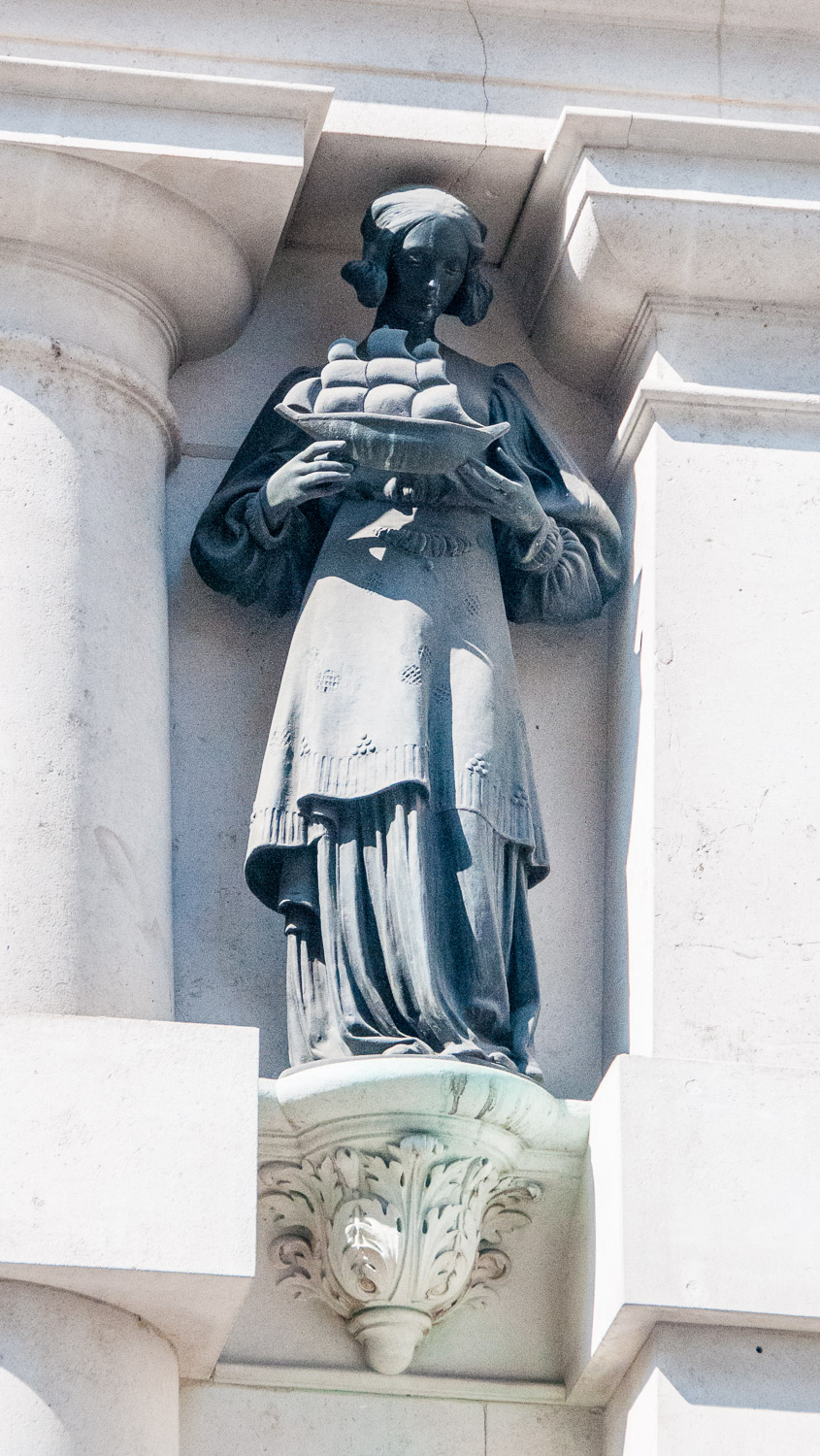
The interior was also designed to impress. I love this picture of the General Committee meeting in what was then their brand new building …
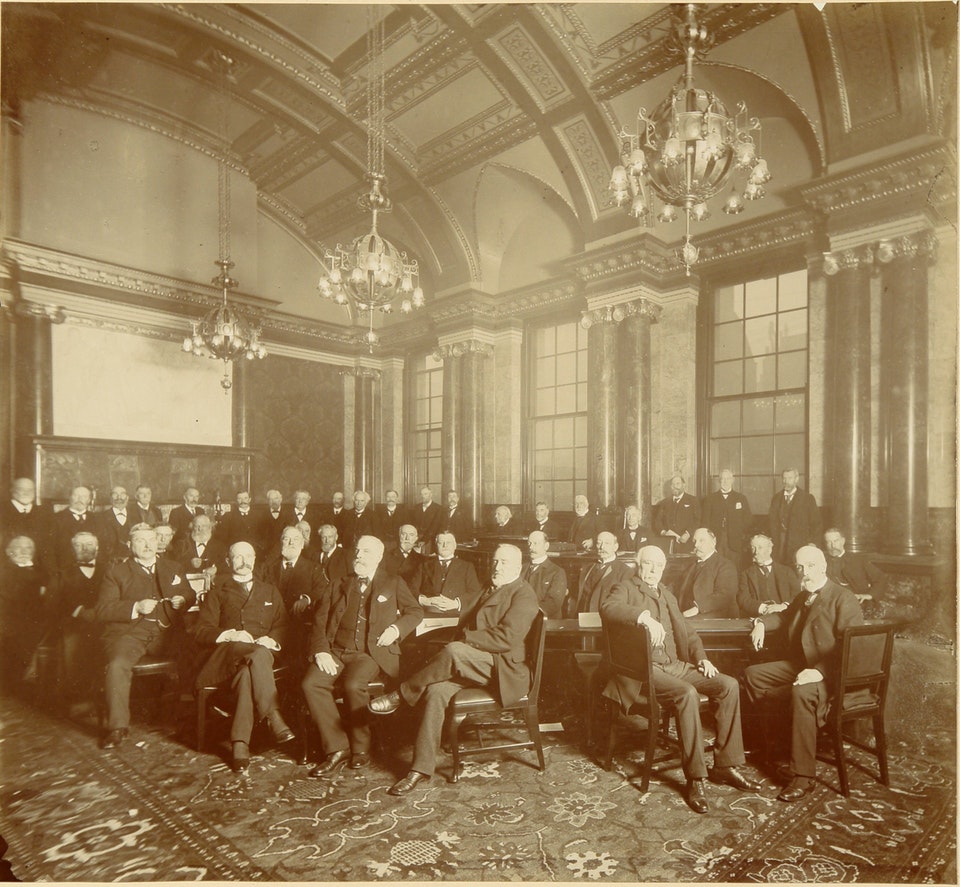
The great and the good of Lloyd’s Register.
The Union of Benefices Act 1860 was considered a necessary piece of legislation to reduce the number of parishes in the City of London as the residential population declined. Between 1872 and 1926 twenty churches (some by Sir Christopher Wren) were demolished and the land sold for construction projects.
Artifacts from some of these churches were moved elsewhere and the pretty galleon weathervane from St Michael Queenhithe (demolished in 1875) can now be seen on St Nicholas Cole Abbey …
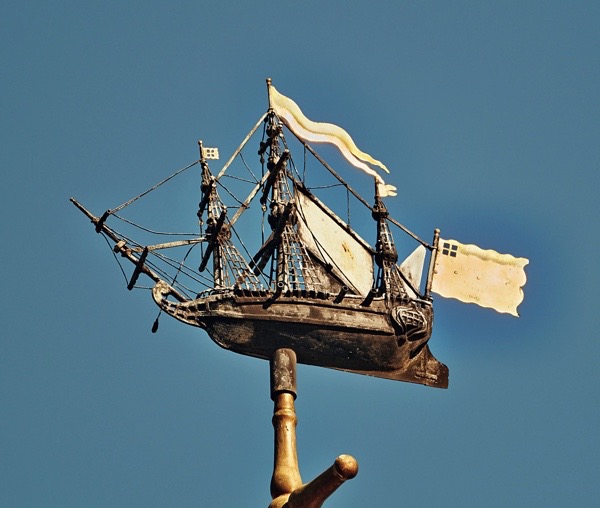
114 Queen Victoria Street EC4V 4BJ .
This picture, along with many others, appears in Hornak’s book After the Fire and more details are available here on the Spitalfield’s Life blog.
This square rigged ship once sailed above St Mildred’s Poultry (demolished in 1872) and can now be seen atop St Olave’s Old Jewry, now inhabited by a firm of lawyers …
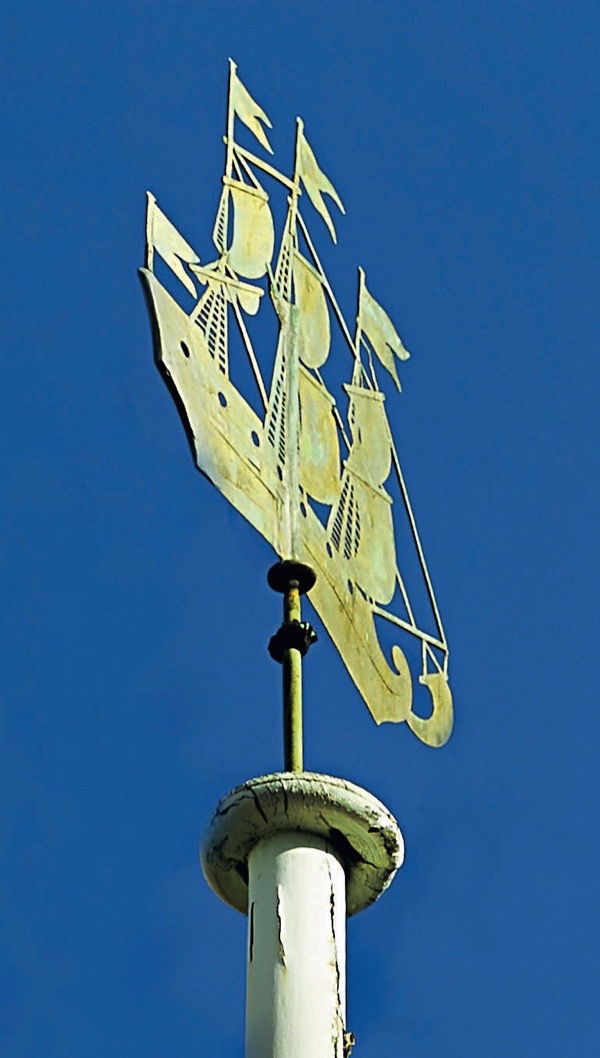
St Olave’s Court EC2V 8EX. Photo again by Hornak.
The Corporation of Trinity House was founded in 1514 and is now responsible for navigational aids (such as lighthouses), deep sea pilotage and a seafarers charity. The building was seriously damaged in the war but was beautifully restored in the 1950s and in the process acquired this elegant weathervane …

Trinity House, Trinity Square EC3N 4DH.
What about these jolly ships bouncing around in choppy seas on the front of The Ship pub in Hart Street (EC3R 7NB) …
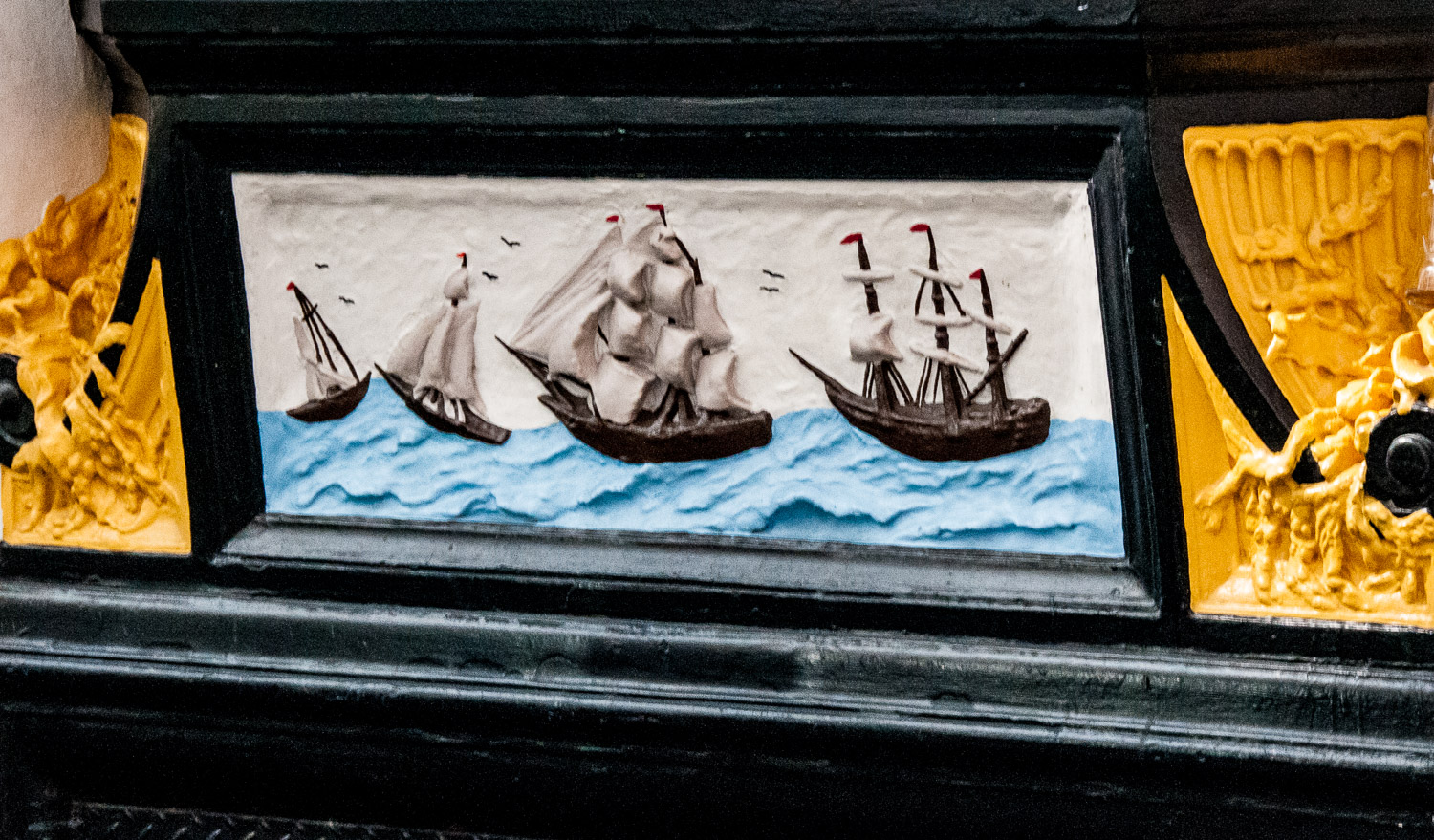
The facade includes a rather grumpy looking blue dolphin …
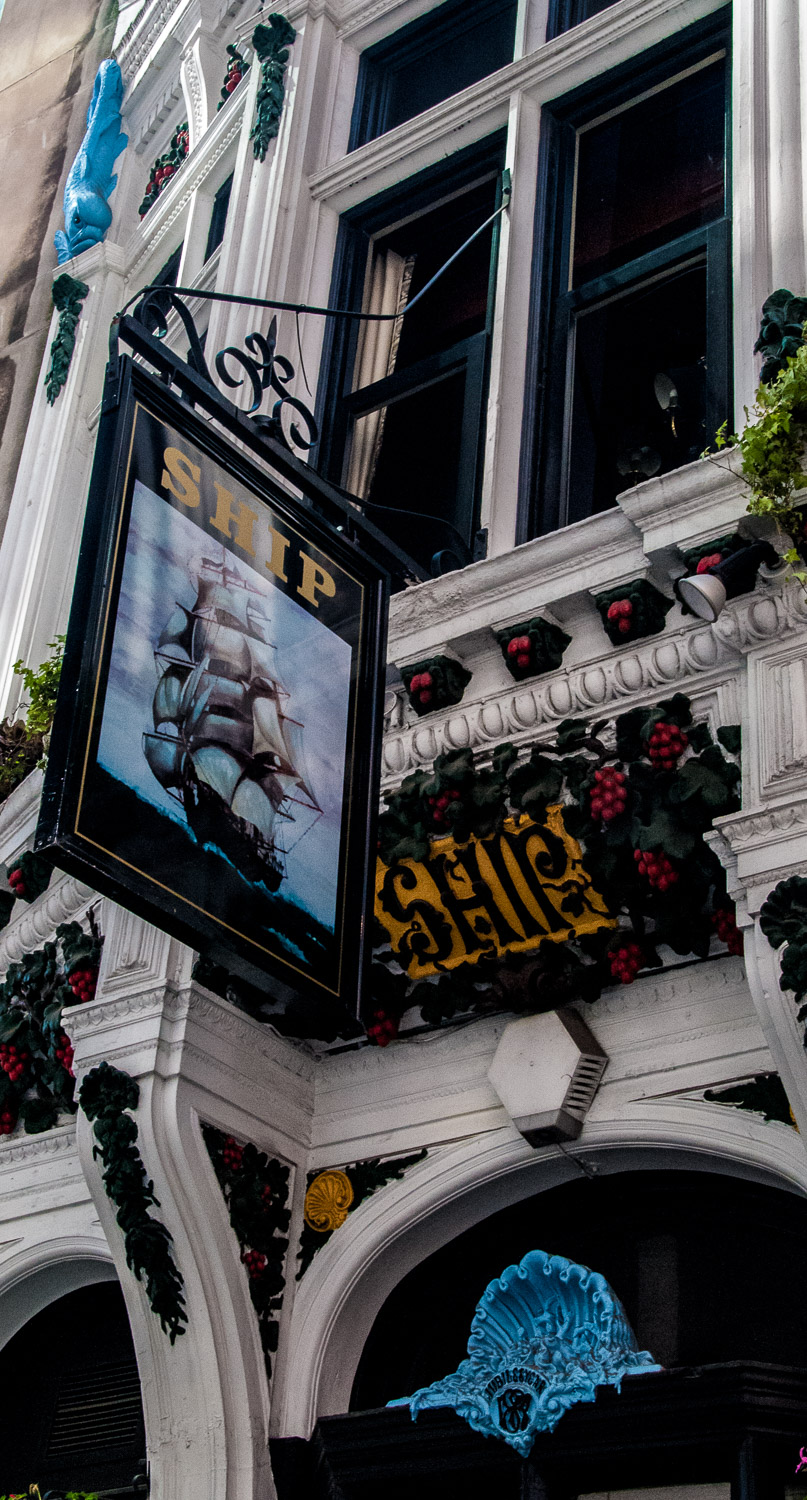
And now a few boats. If you want to know the difference between a ship and a boat I suggest you access Professor Google since there seem to be a number of definitions.
This Bawley fishing boat is situated across the road from the old Billingsgate fish market (EC3R 6DX) and commemorates Gordon V. Young, a well-known Billingsgate trader …
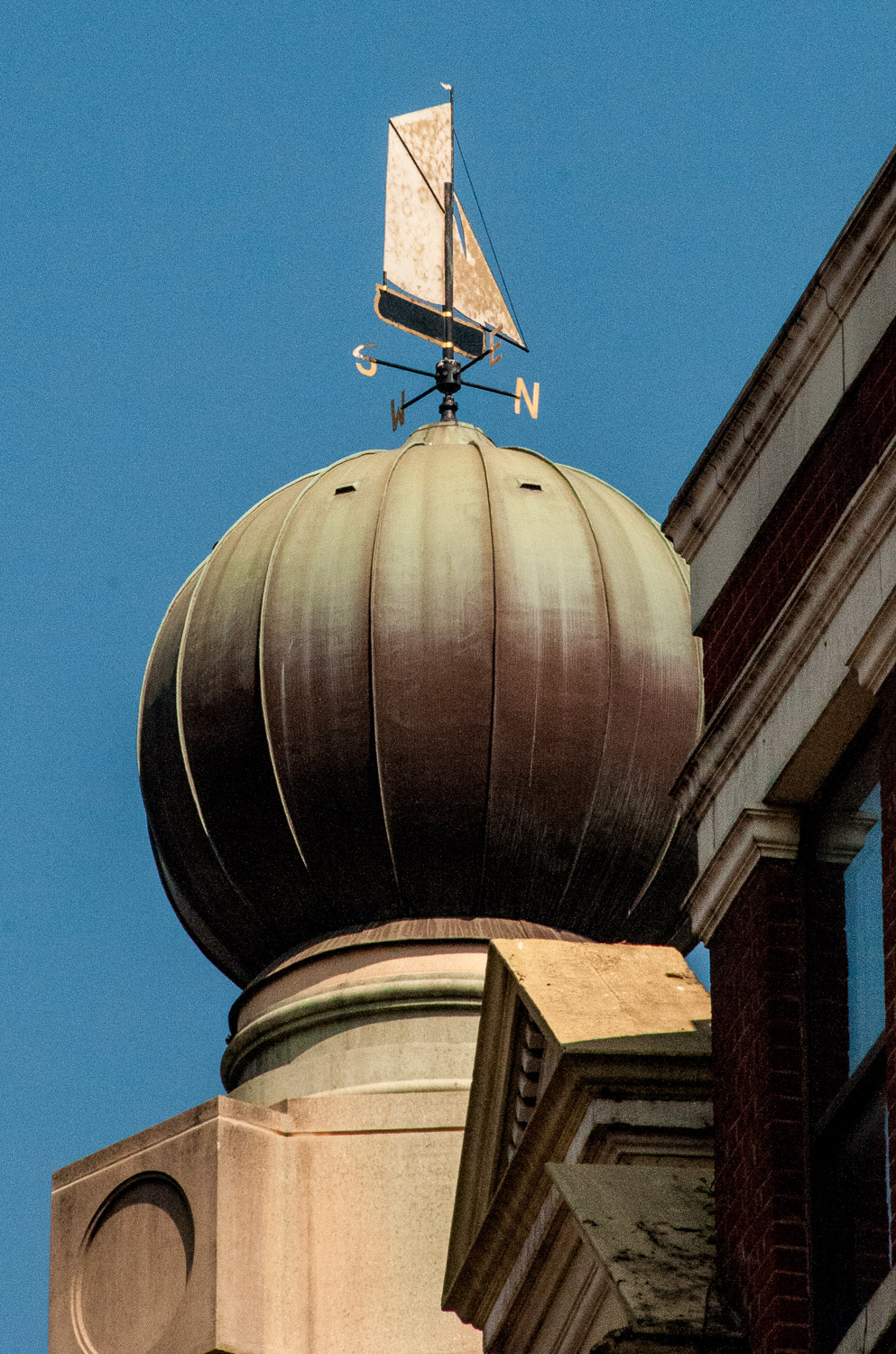
A plaque gives more information …
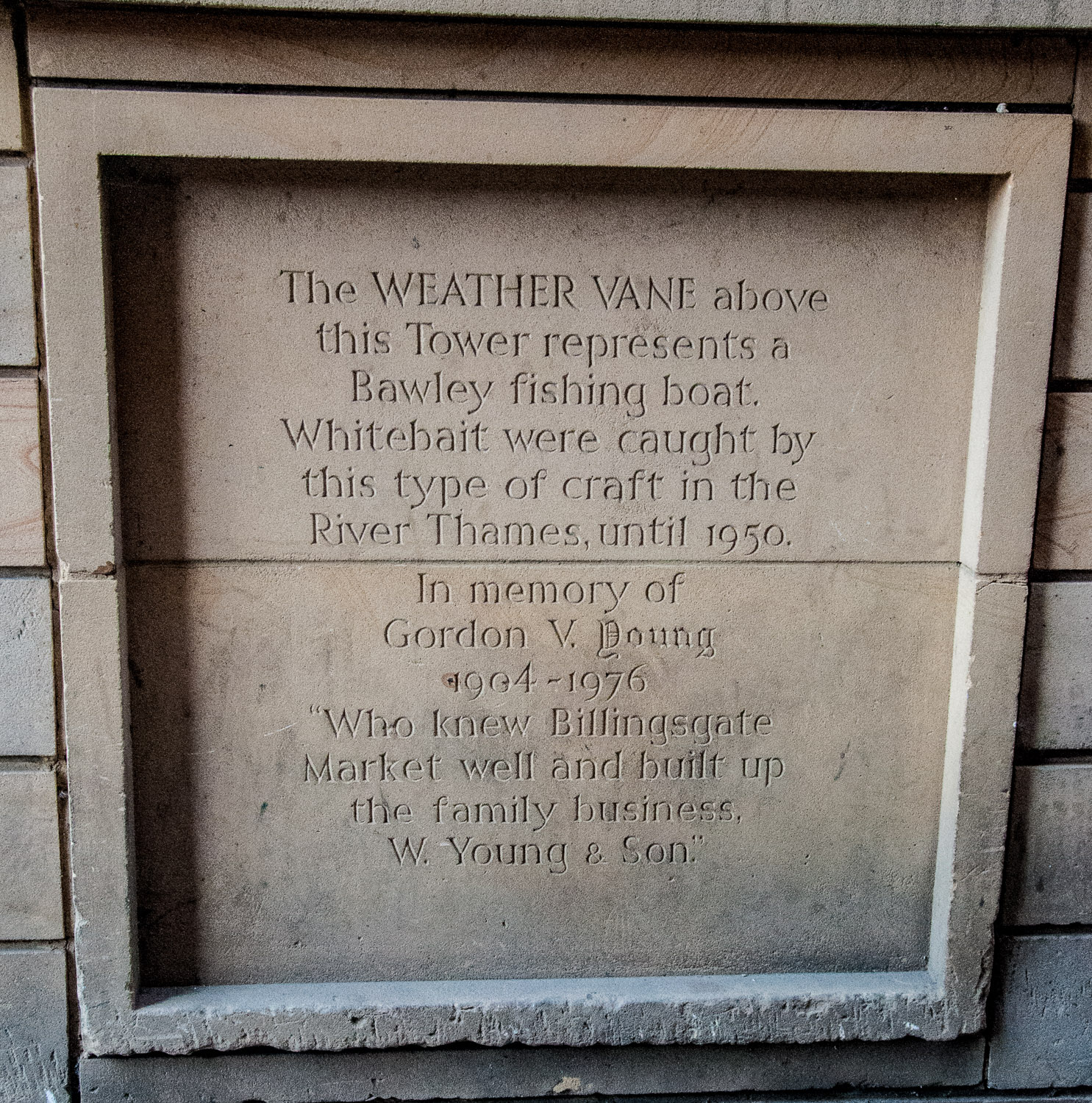
The Company of Watermen and Lightermen was formed in 1555 – watermen carry passengers whilst lightermen carry goods and cargo. Tucked away down St Mary at Hill (EC3R 8EF) is their hall, the only original Georgian Livery Hall in the City. Their coat of arms portrays a skiff (a light rowing boat), crossed oars and two cushions for the comfort of passengers. And more dolphins …
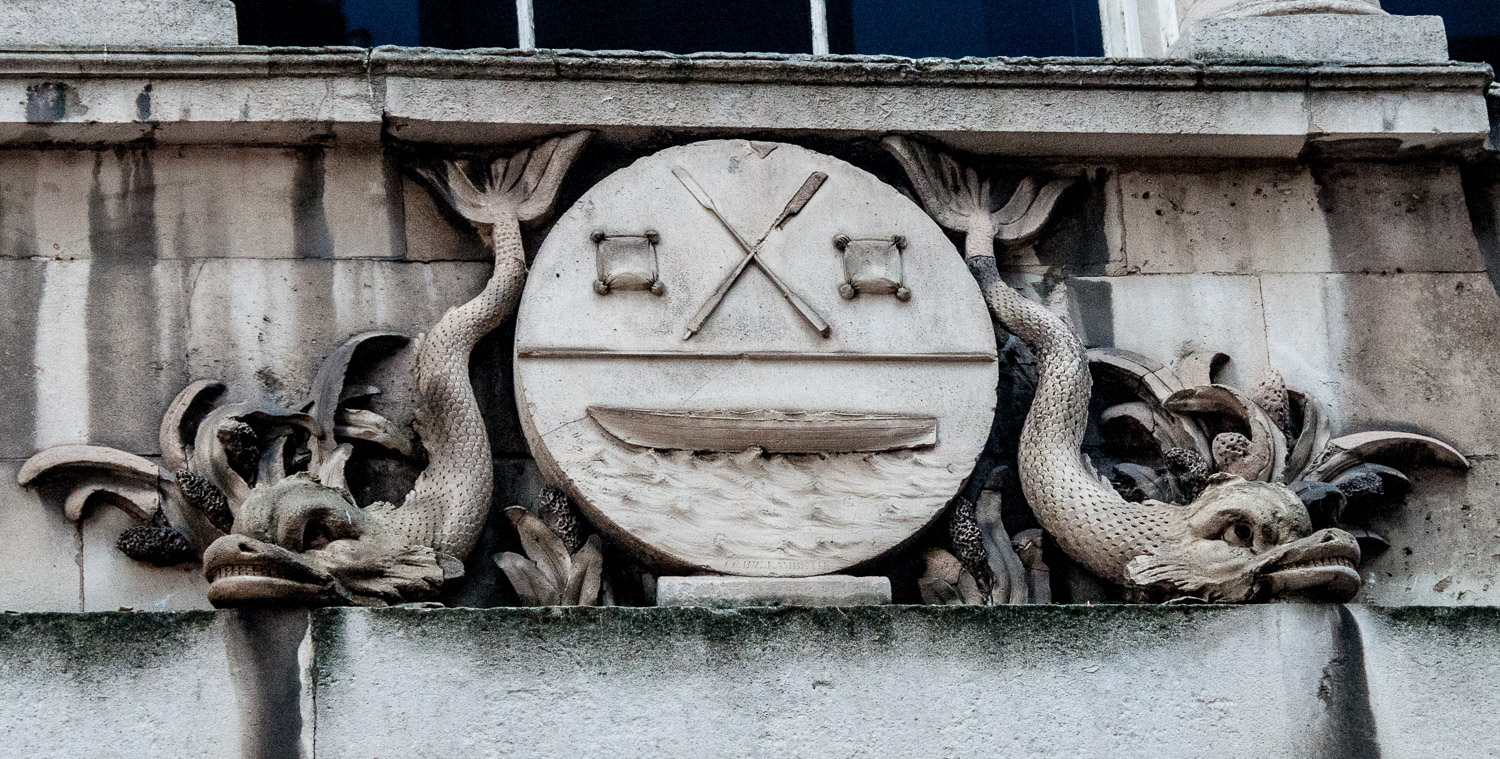
I have written about this ship before. If you go to Holland House in Bury Street (EC3A 5AW), just opposite the Gherkin, just walk around to the south east corner of the building, step back and admire this brave vessel plunging through the waves towards you, the funnel smoking impressively …
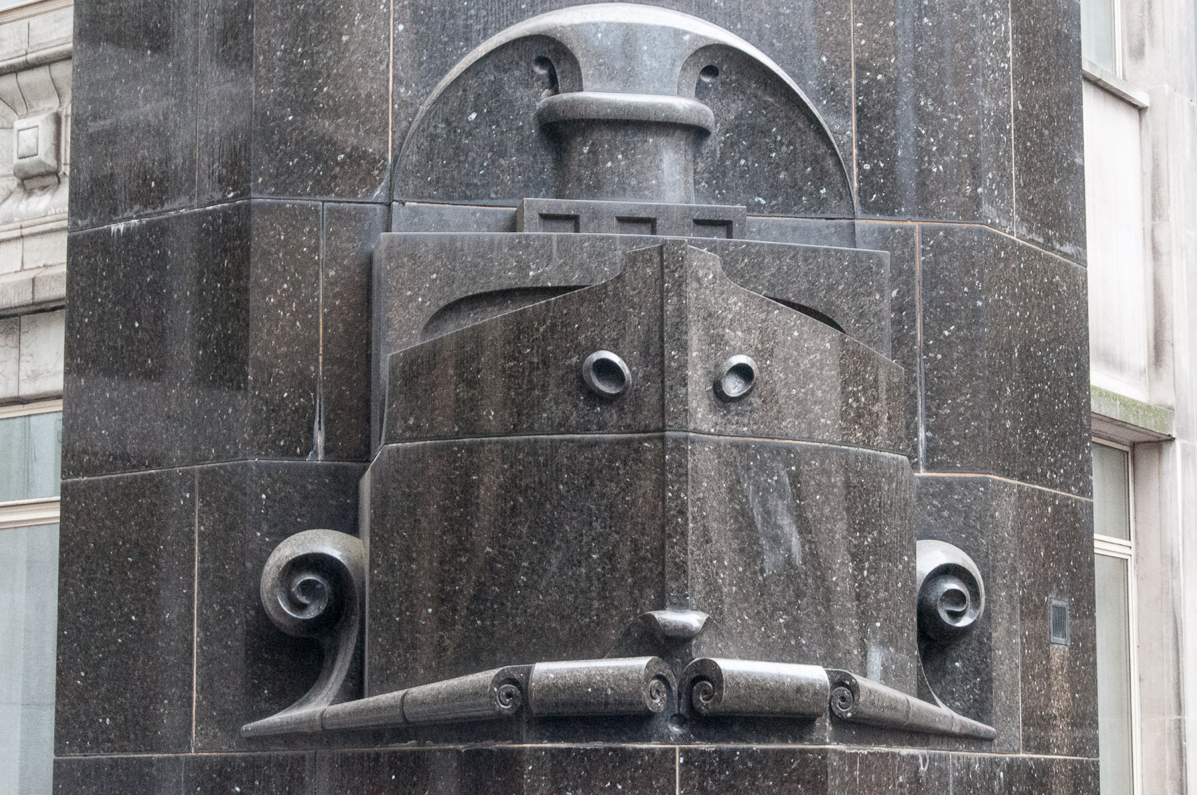
It’s a granite structure by the Dutch artist J. Mendes da Costa.
When Lloyd’s Register outgrew their old building at 71 Fenchurch Street a stunning new extension was build alongside and this sculpture, called Argosy, is in the front courtyard. The website tells us that ‘the water action of the sculpture adopts the Coanda principle where water clings to overhanging surfaces, moving downwards over the reflective surfaces in rollwave patterns. The shape is suggestive of a ship’s hull and has been conceived to be seen and enjoyed from both below and above from the nearby building’. It is very different from Mendes da Costa’s work, isn’t it?
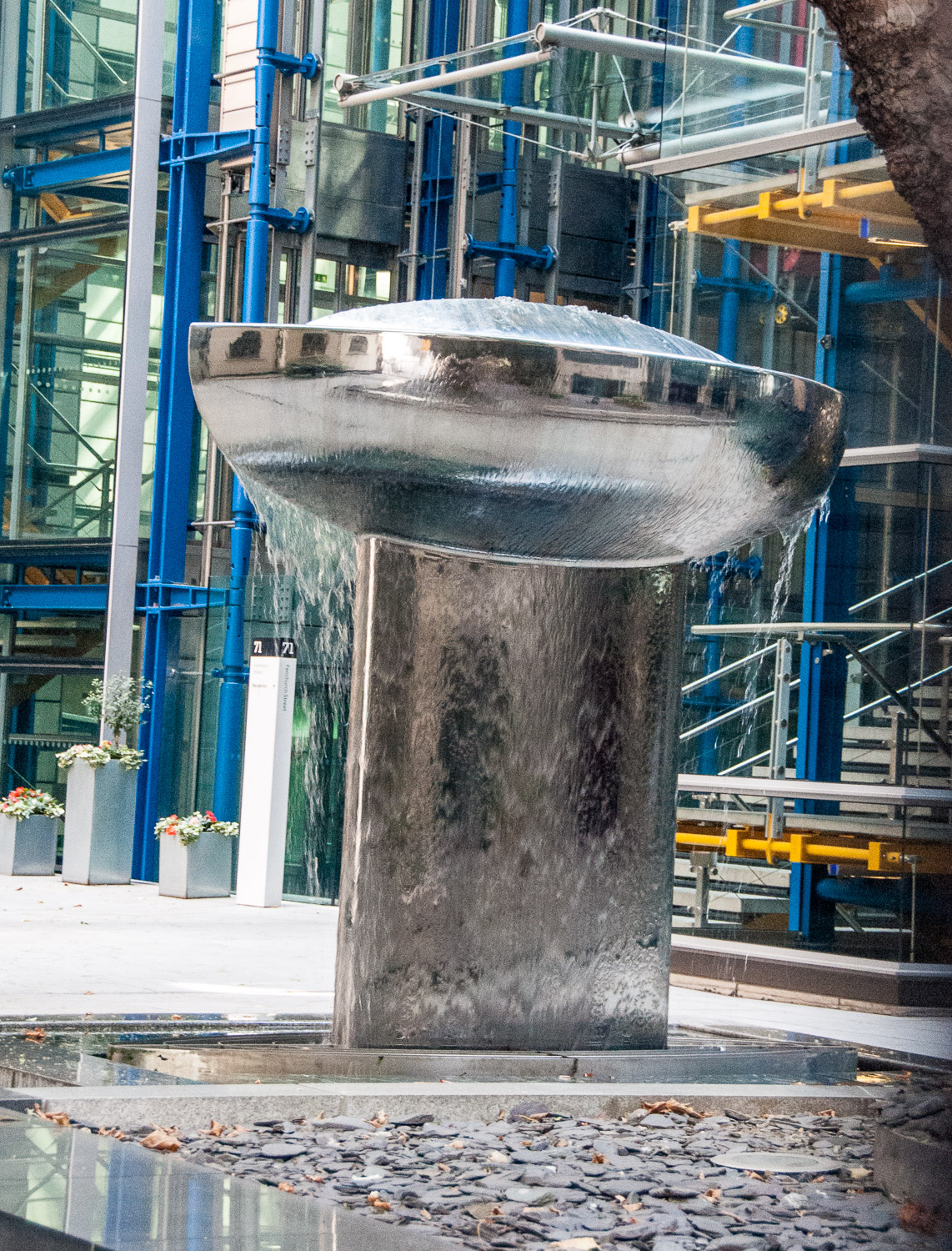
Sculpture by William Pye (2009).
Incidentally, the courtyard it is in used to be the churchyard of St Catherine Coleman which was the last church to be demolished under the Union of Benefices Act (in 1926) – the old church railings are still there.
Finally, let’s not forget the brave souls who protected the City and the country in time of war and the monuments to their memory.
On Tower Hill there are two memorials. The first, the Mercantile Marine War Memorial, was designed by Sir Edwin Lutyens and was for the the First World War …
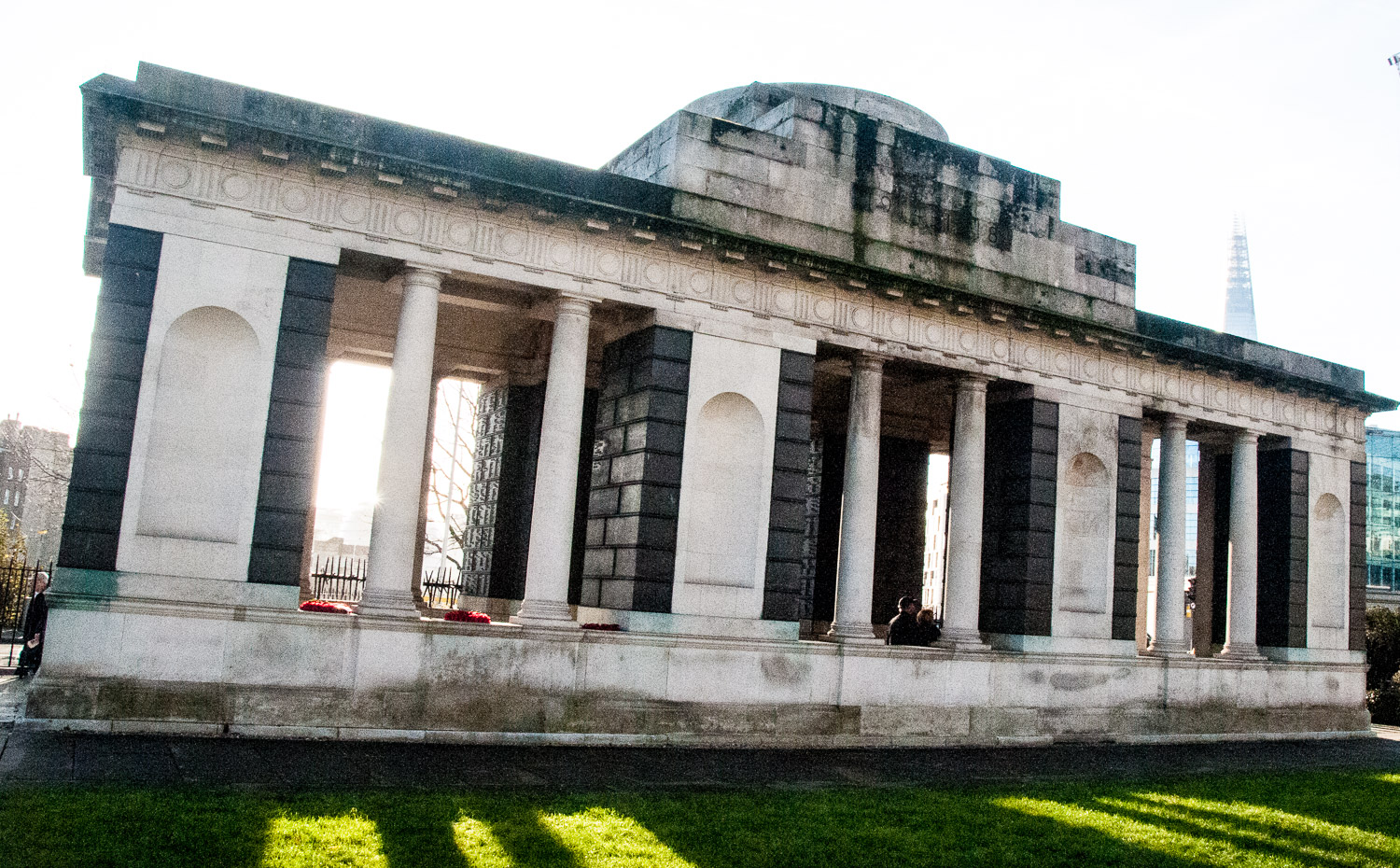
The Lutyens Memorial, opposite Trinity House, EC3N 4DH.
Alongside is the second, the Merchant Seamen’s Memorial. It was designed by Sir Edward Maufe and was for the Second World War. This is a feature from it …
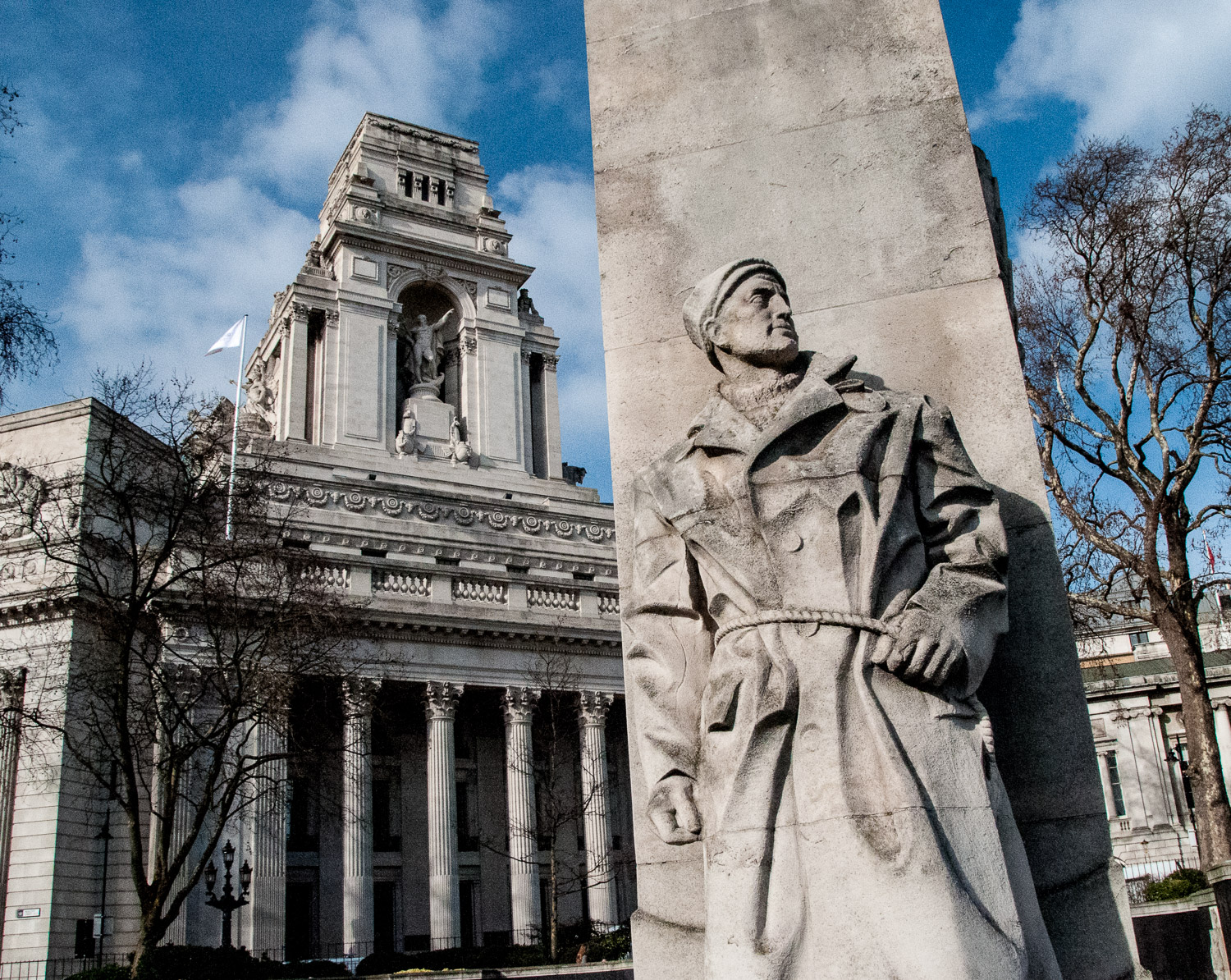
In both wars more than 50,700 Commonwealth merchant seamen lost their lives and on Tower Hill are commemorated the more than 35,800 casualties who have no known grave.
The National Submariners’ War Memorial is on Victoria Embankment (EC4Y 0HJ) and the bas relief shows the claustrophobic interior of a submarine. On the left hand side is a list of 50 submarines lost during the First World War, and on the right a list of 82 submarines lost during the Second World War. A photograph really does not do it justice …
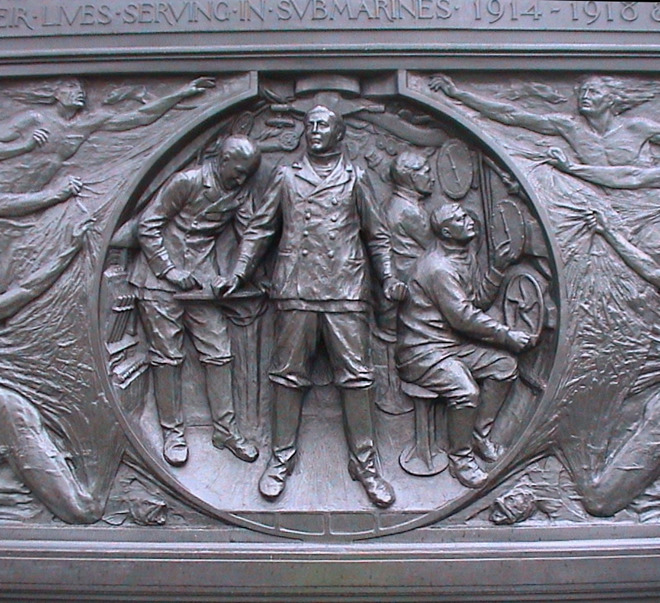
The monument was designed by the architect A H R Tenison and the bronze sculpture is by F B Hitch.
And as we all know, a real ship now stands guard over the City. The most significant surviving Second World War Royal Navy warship, HMS Belfast played a key role in the Arctic Convoys, the Battle of North Cape and D-Day …

You get a great view of her from the north bank.

